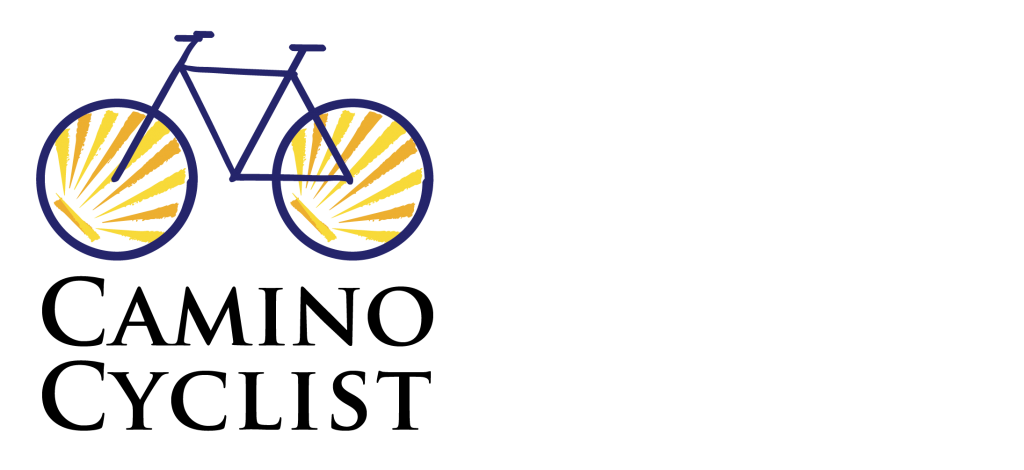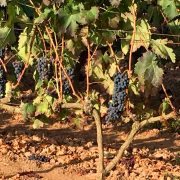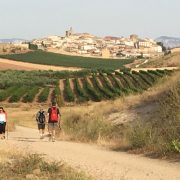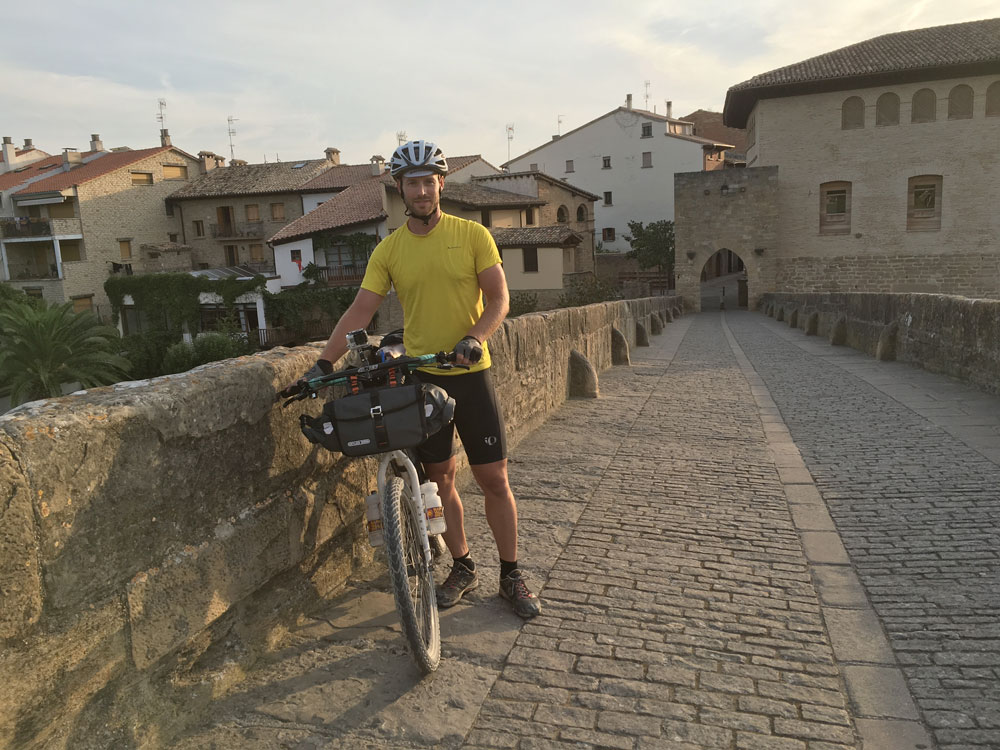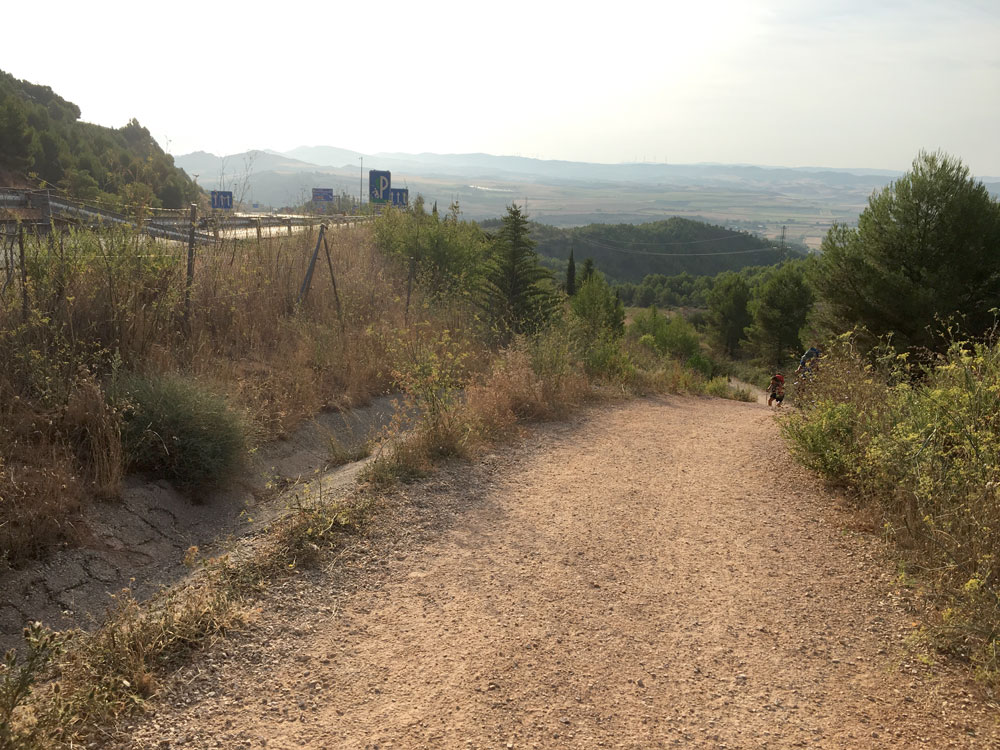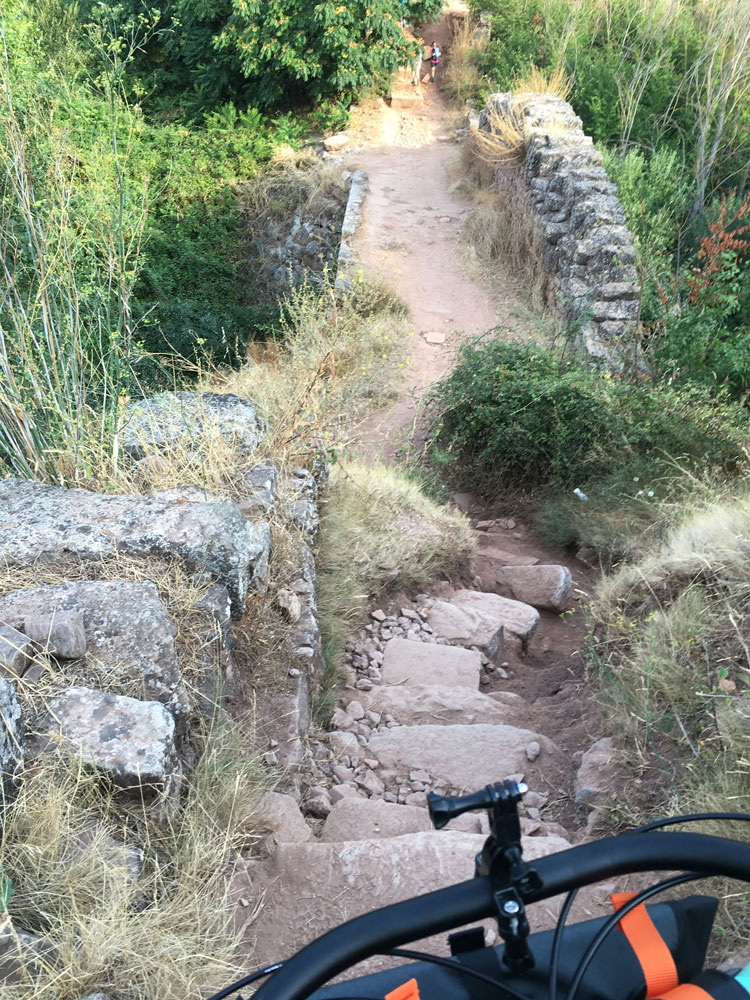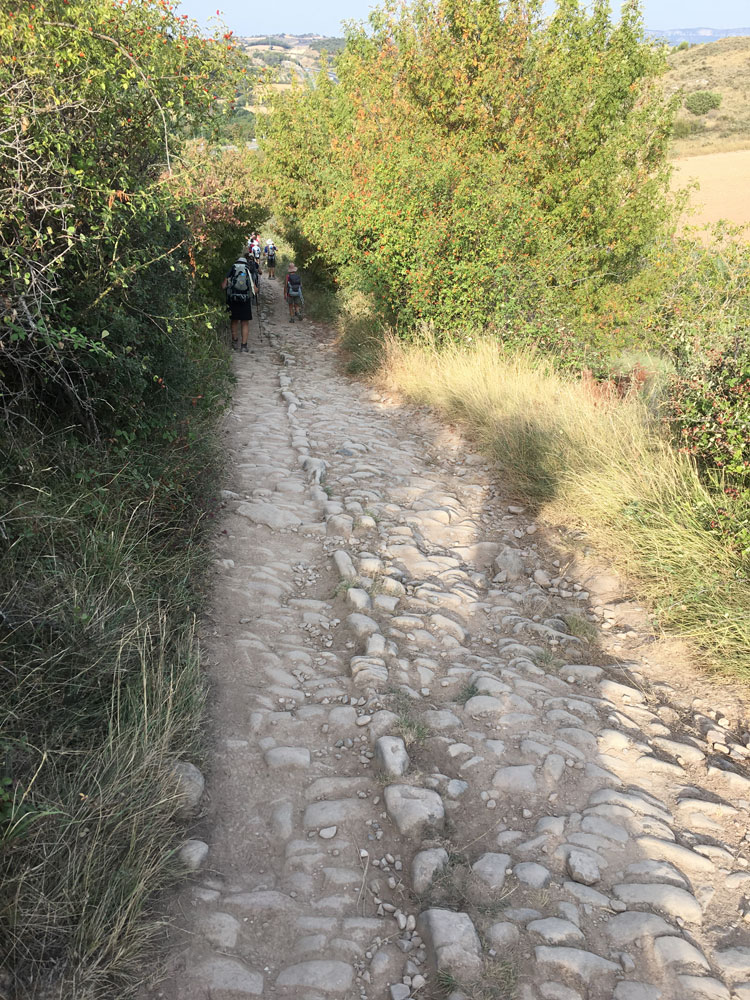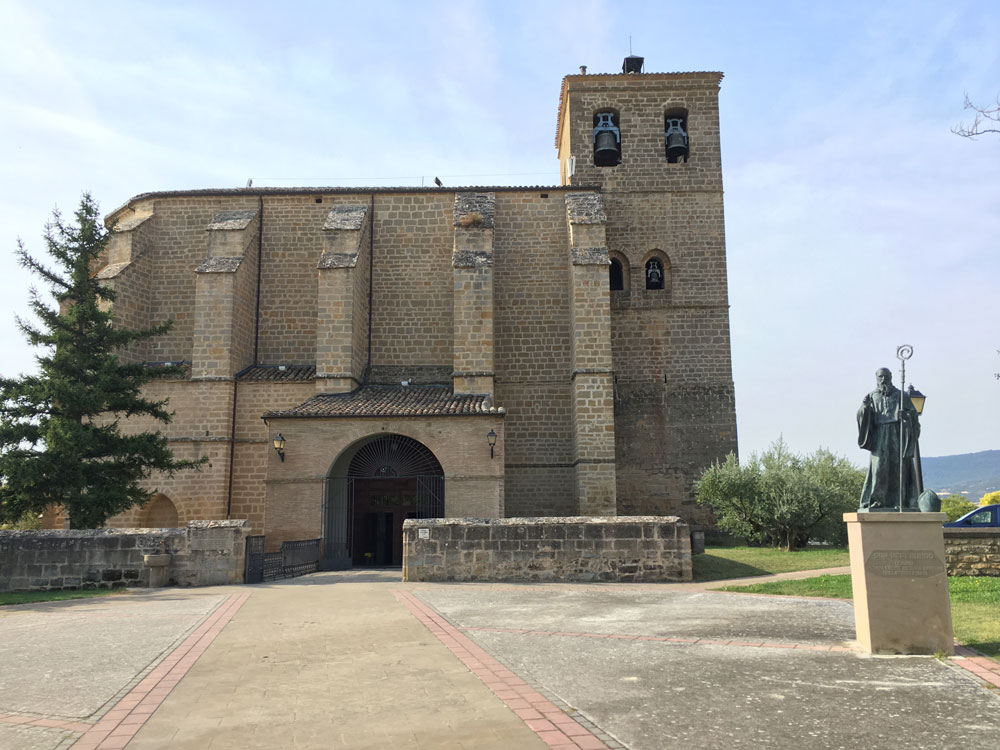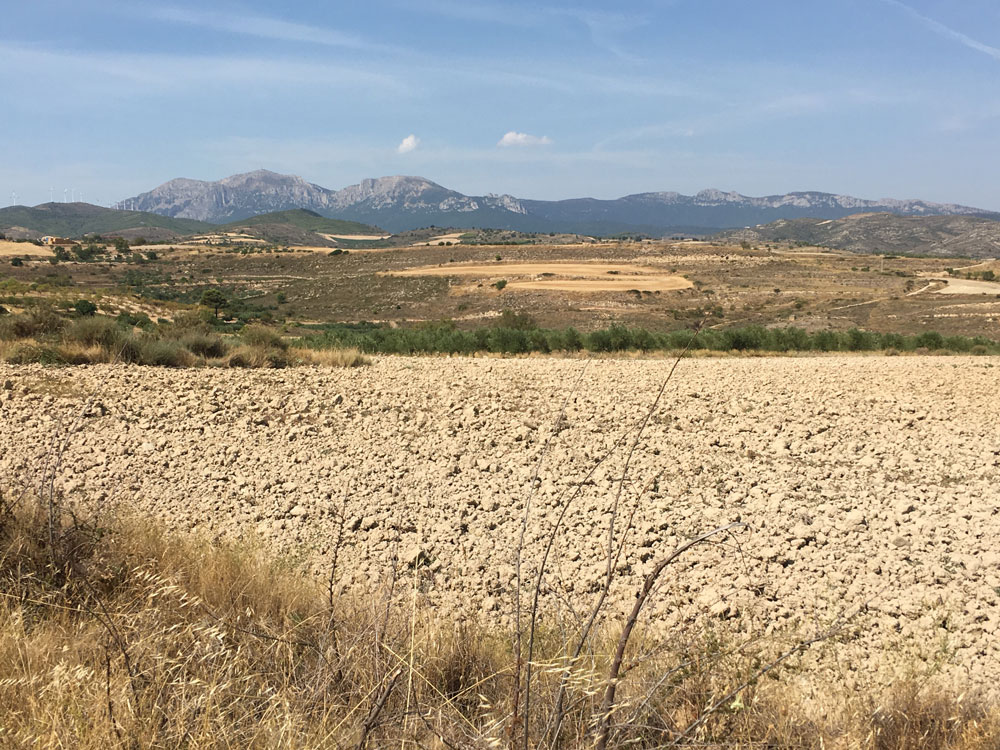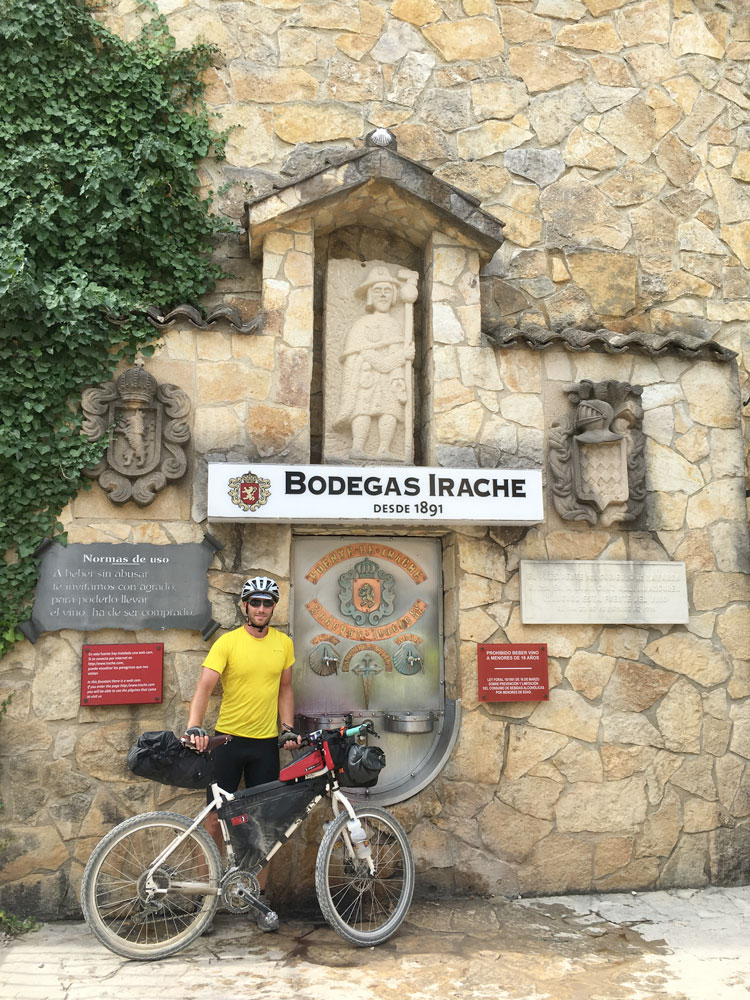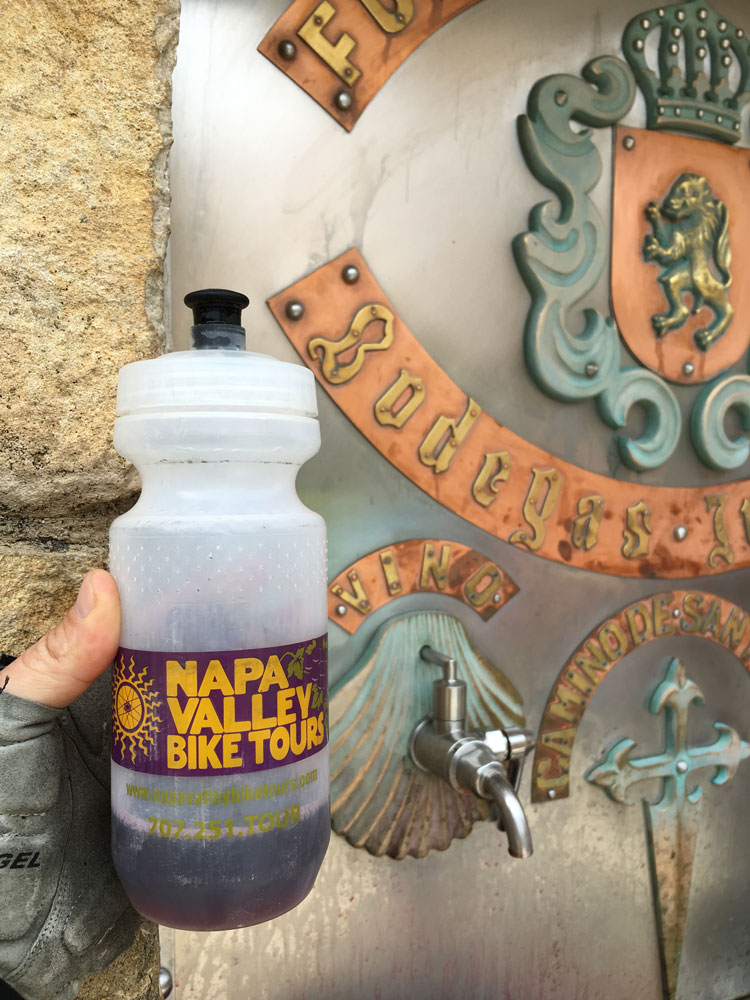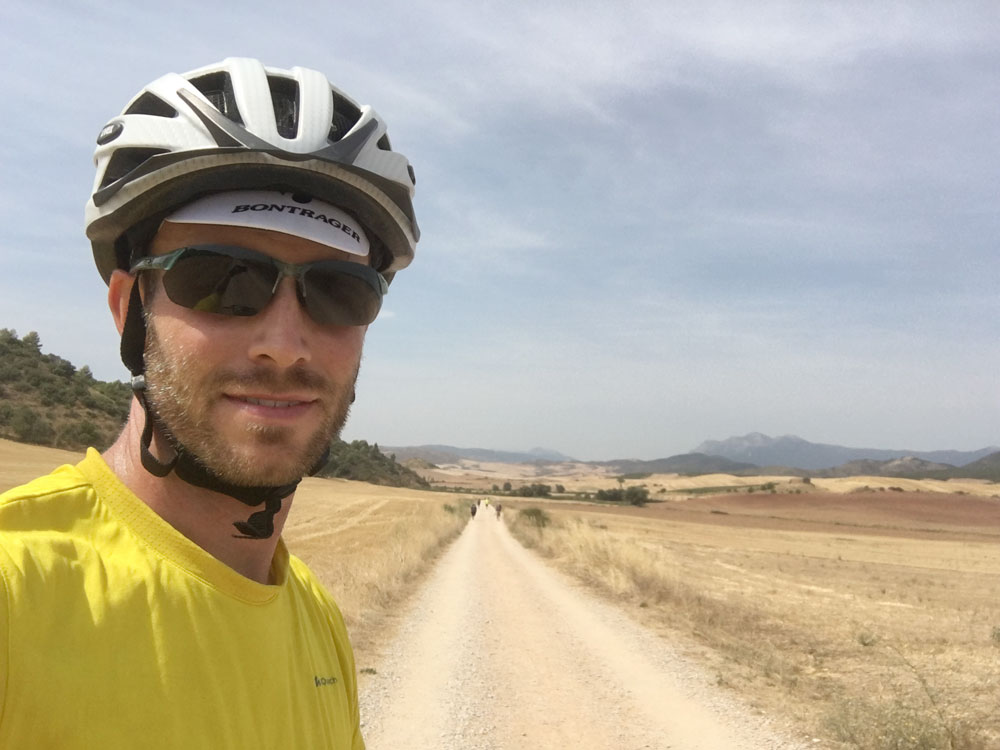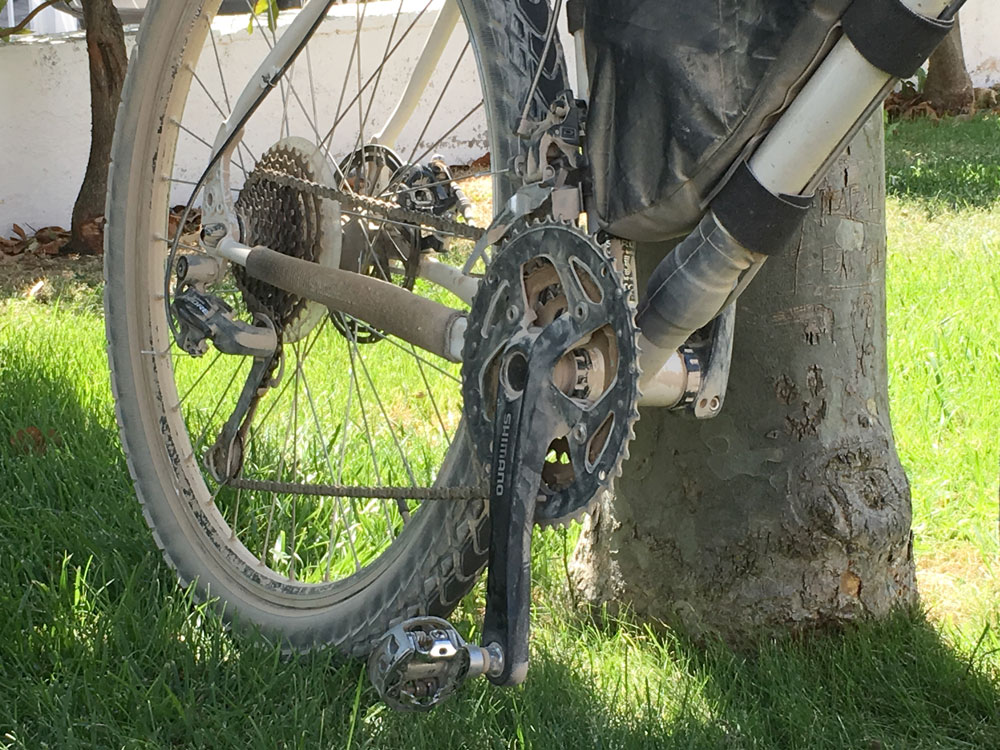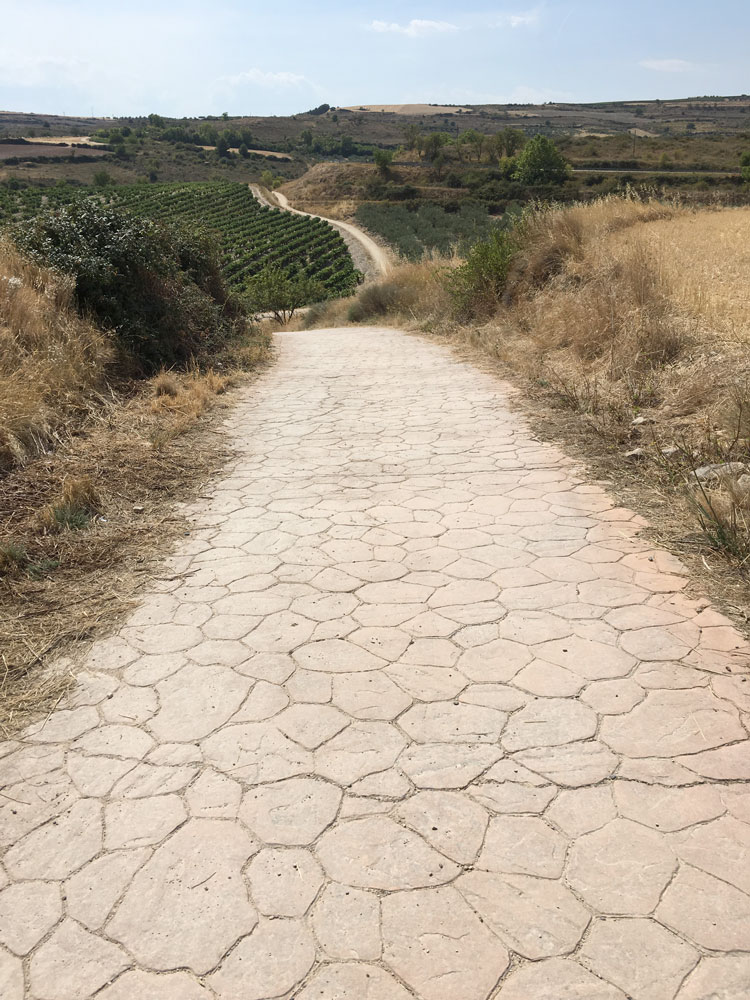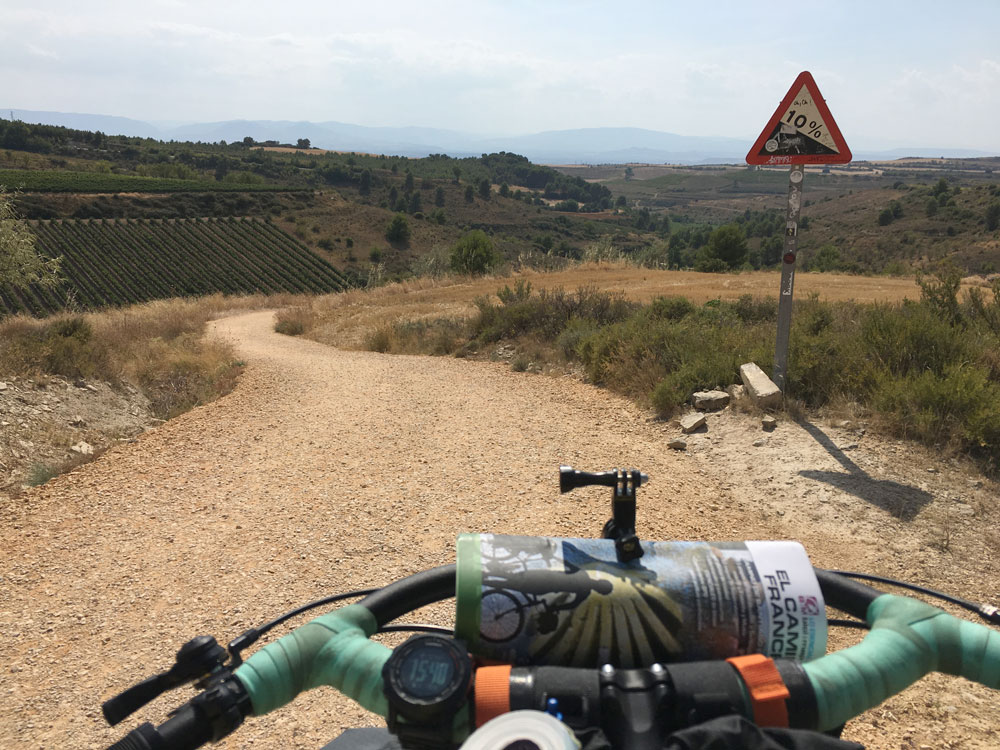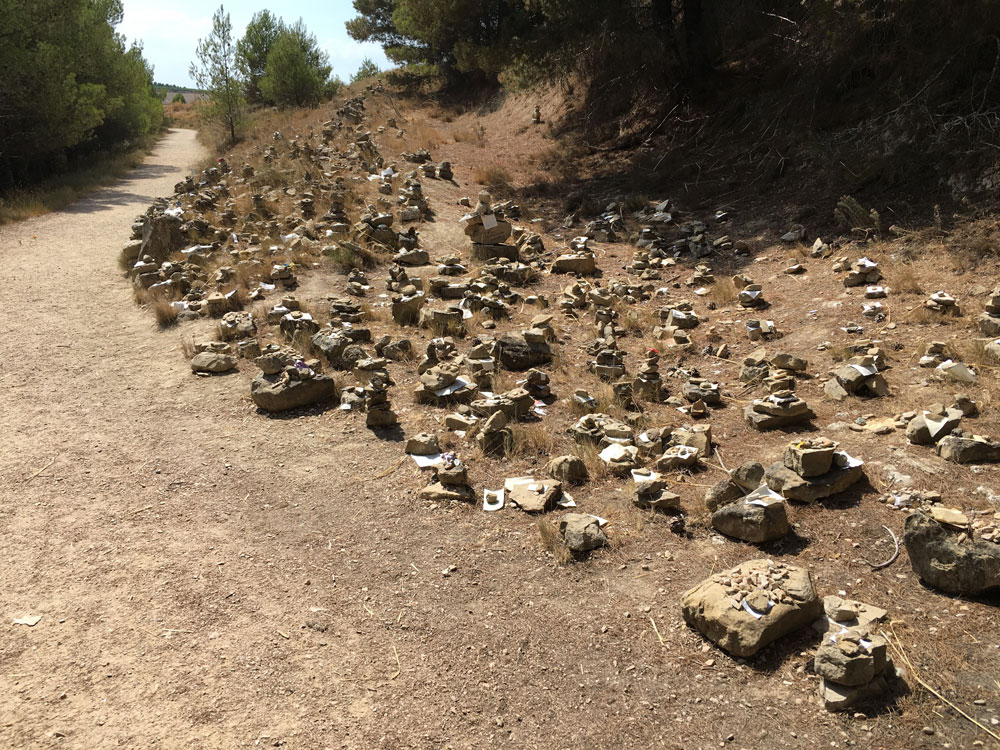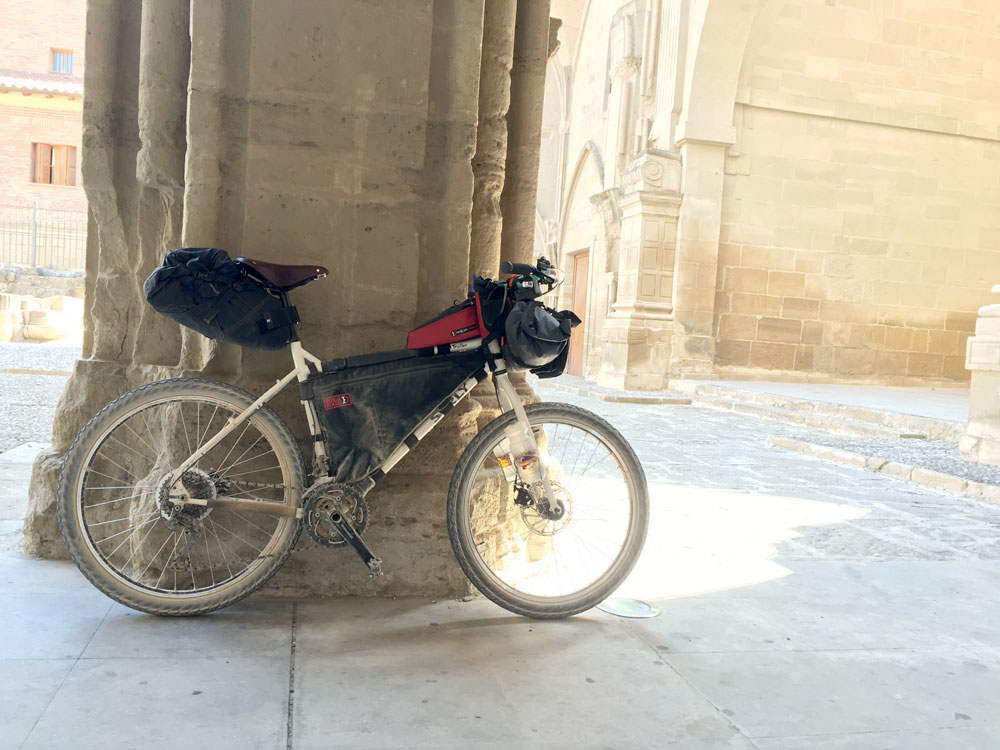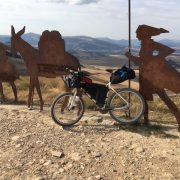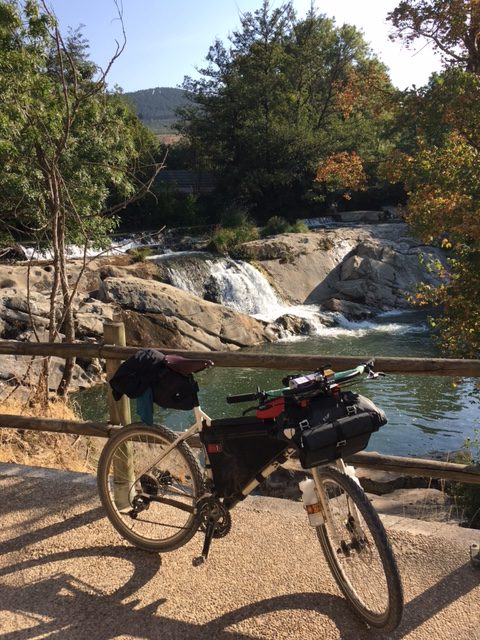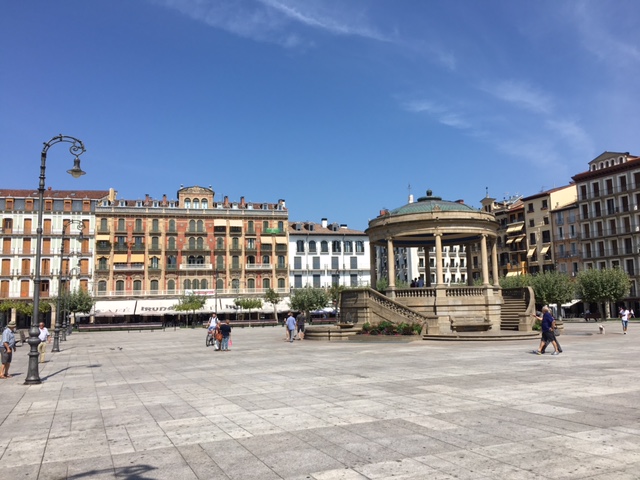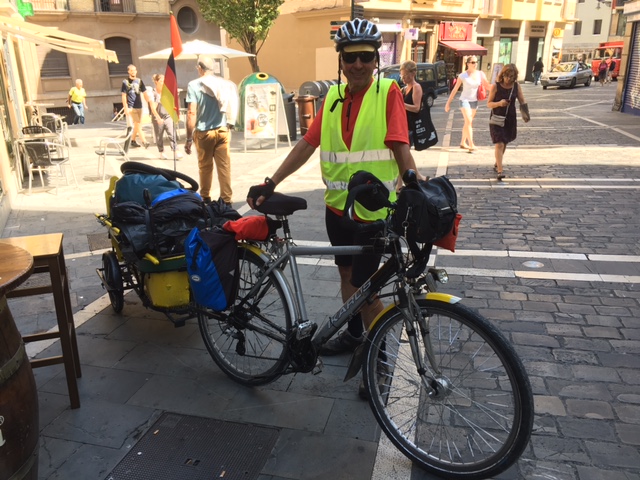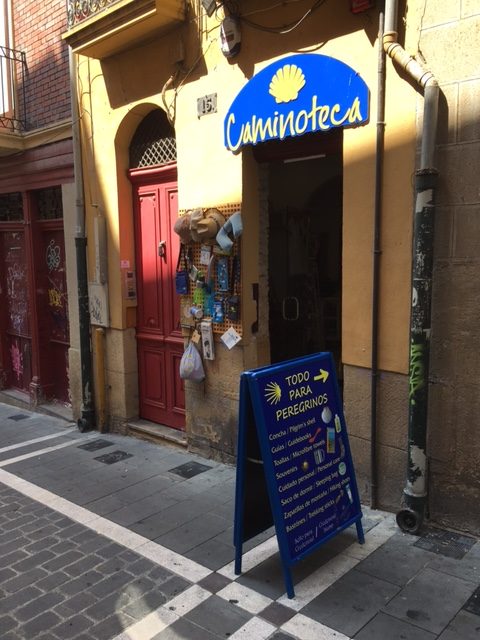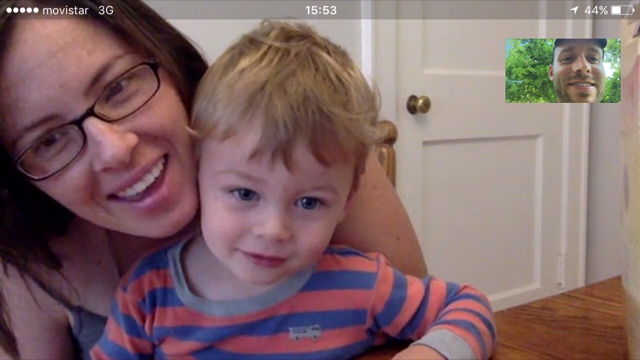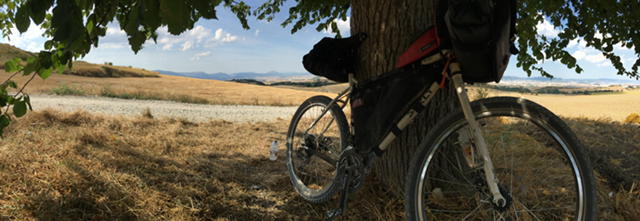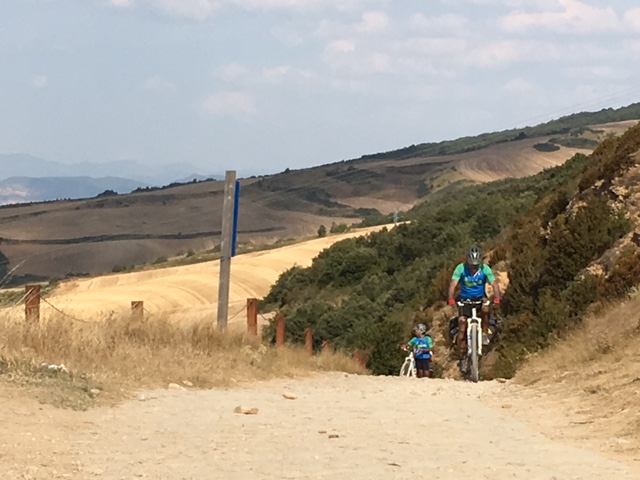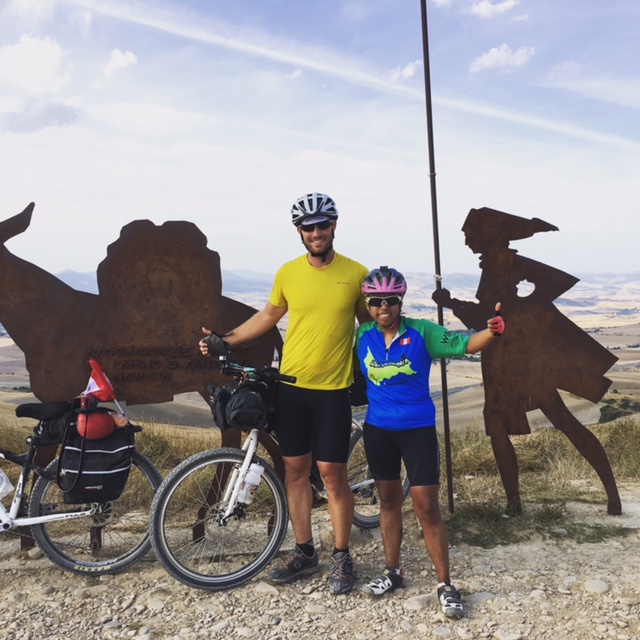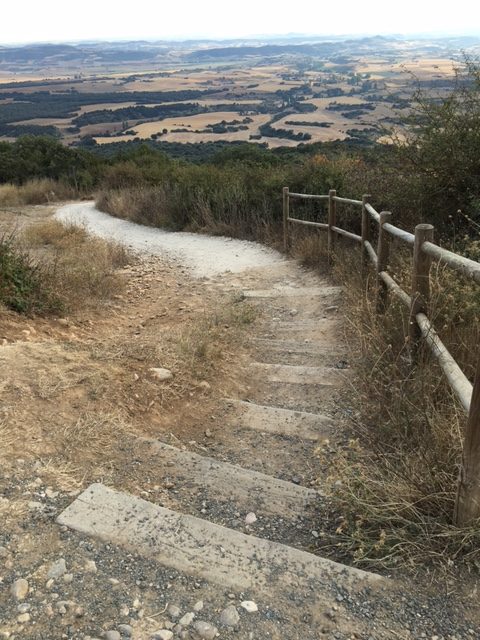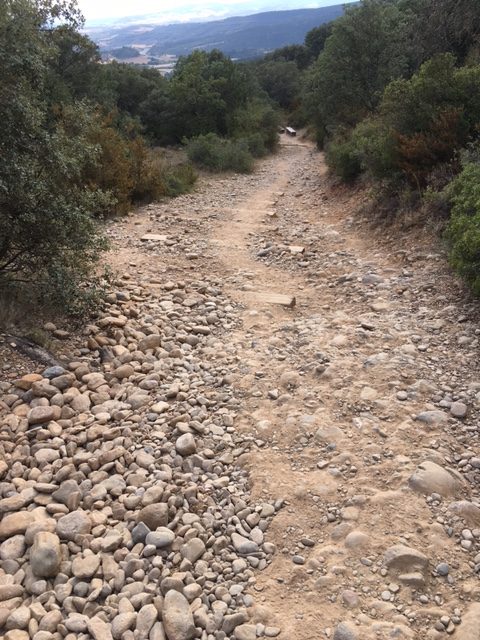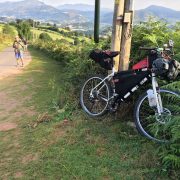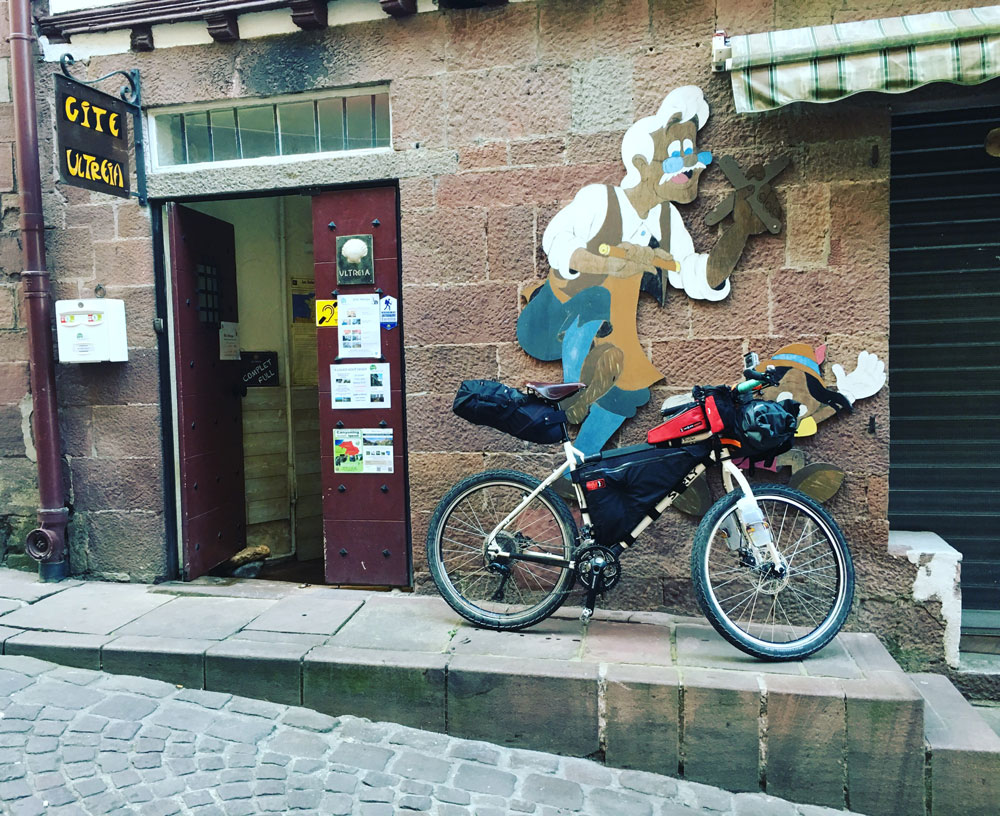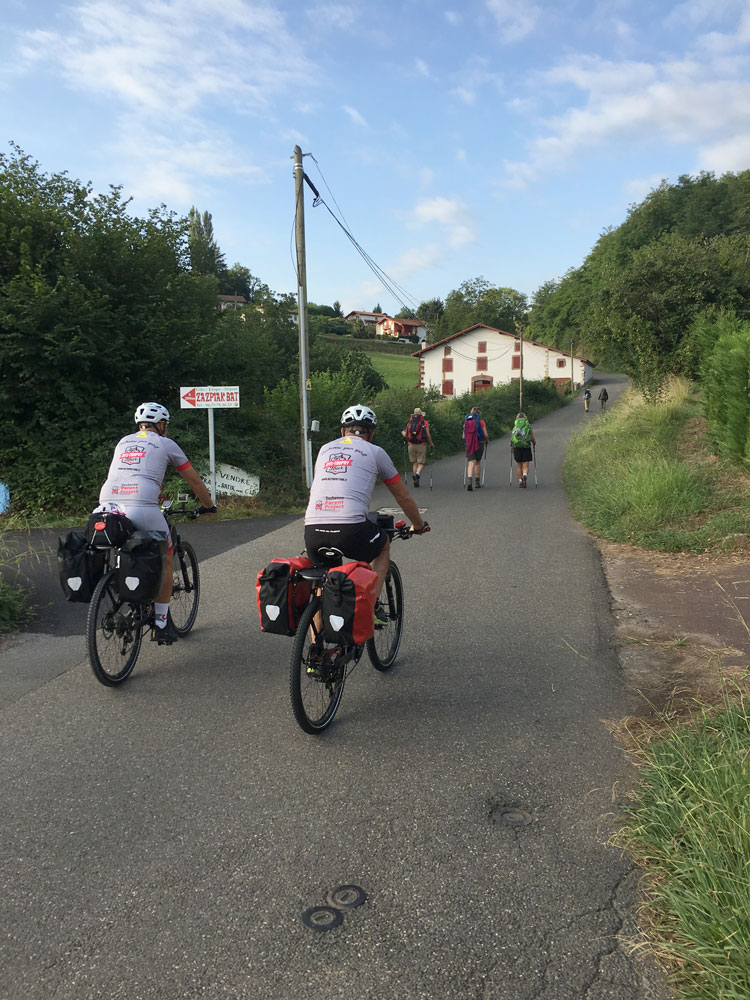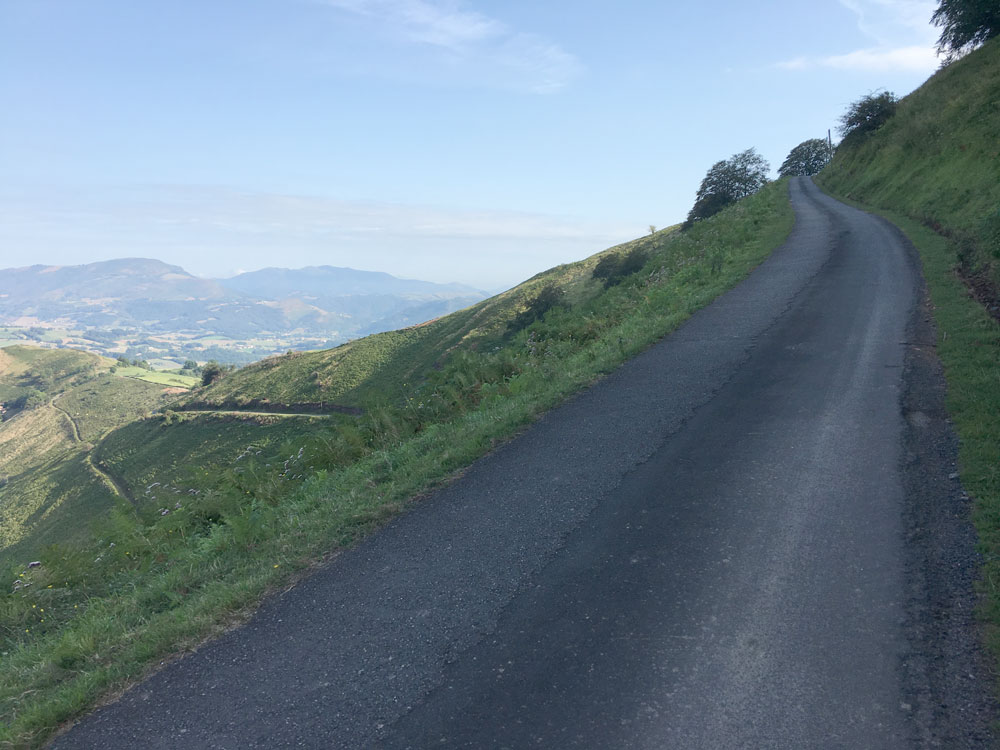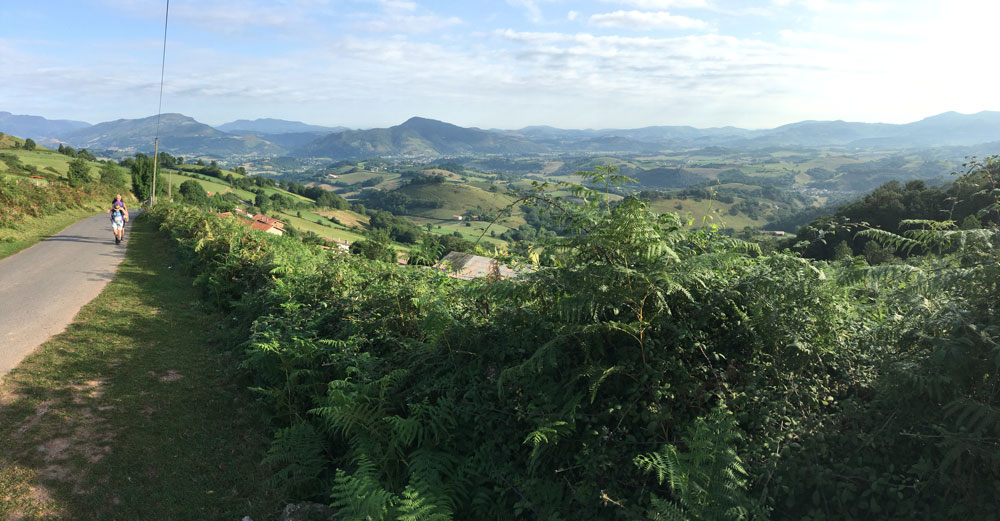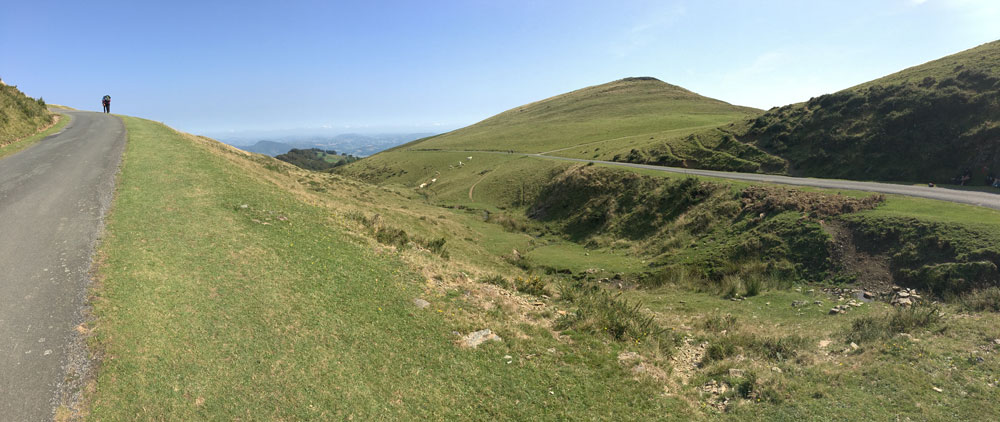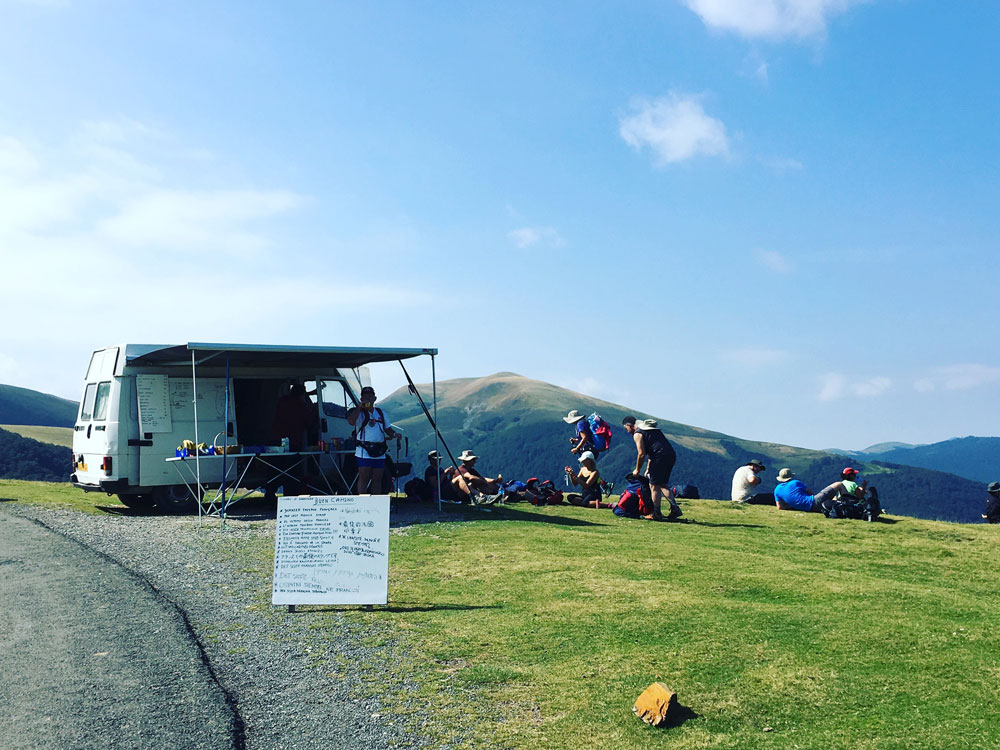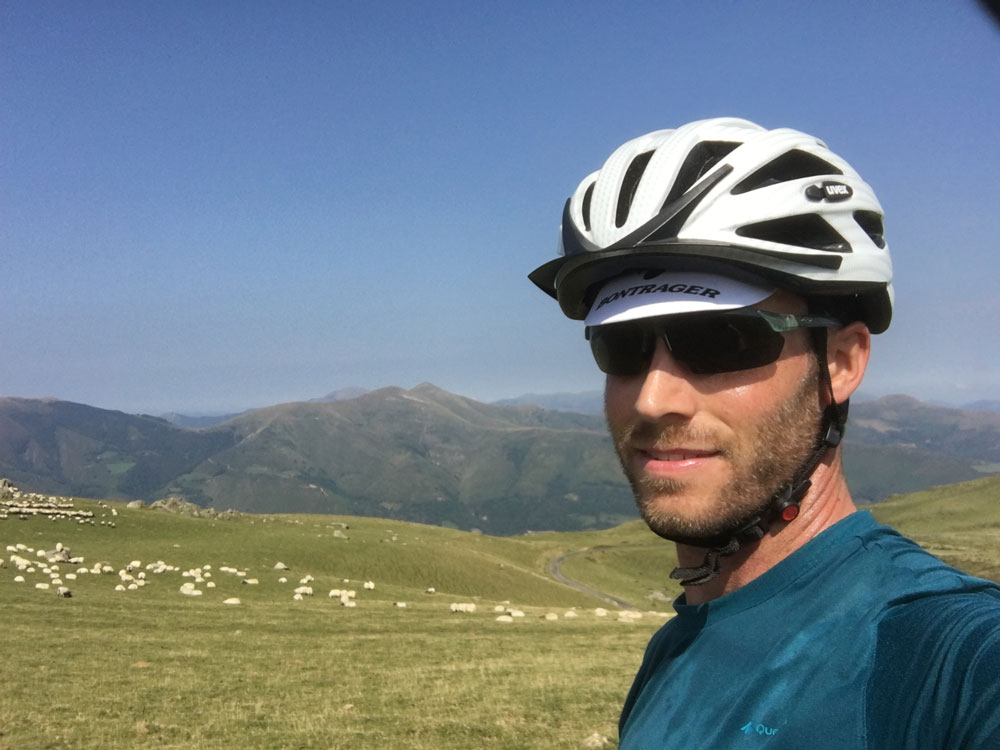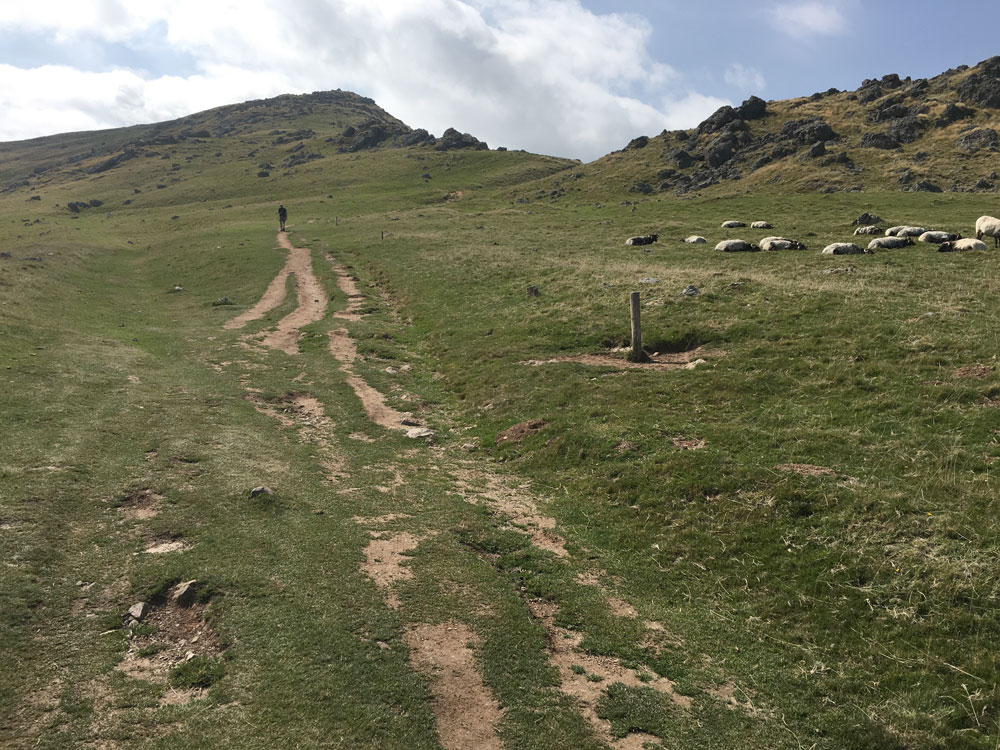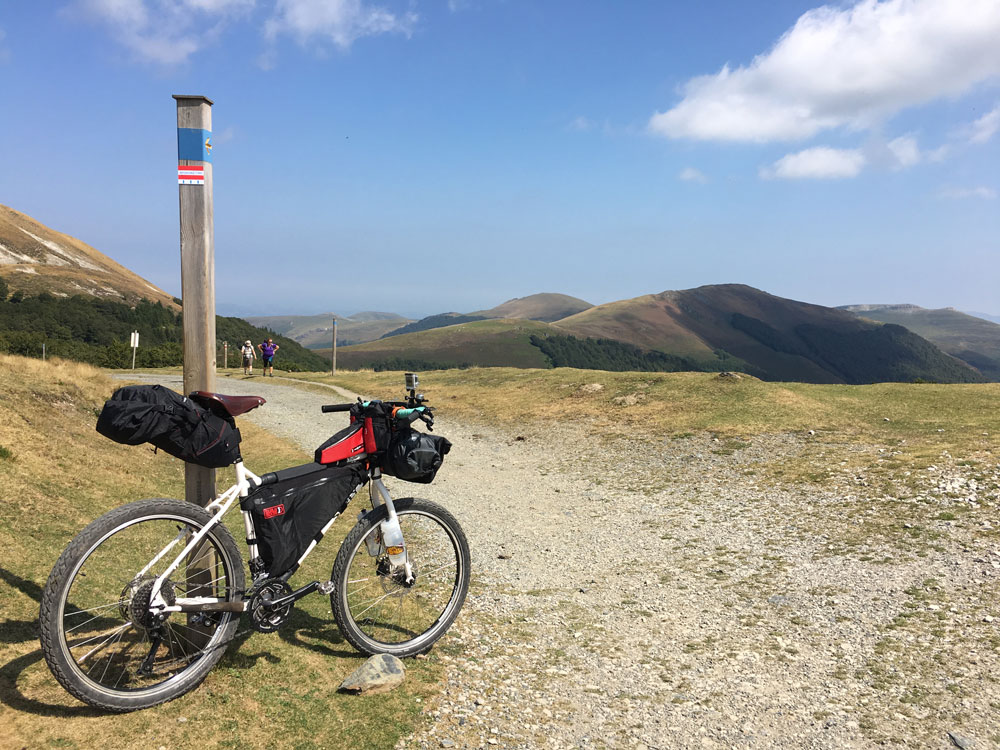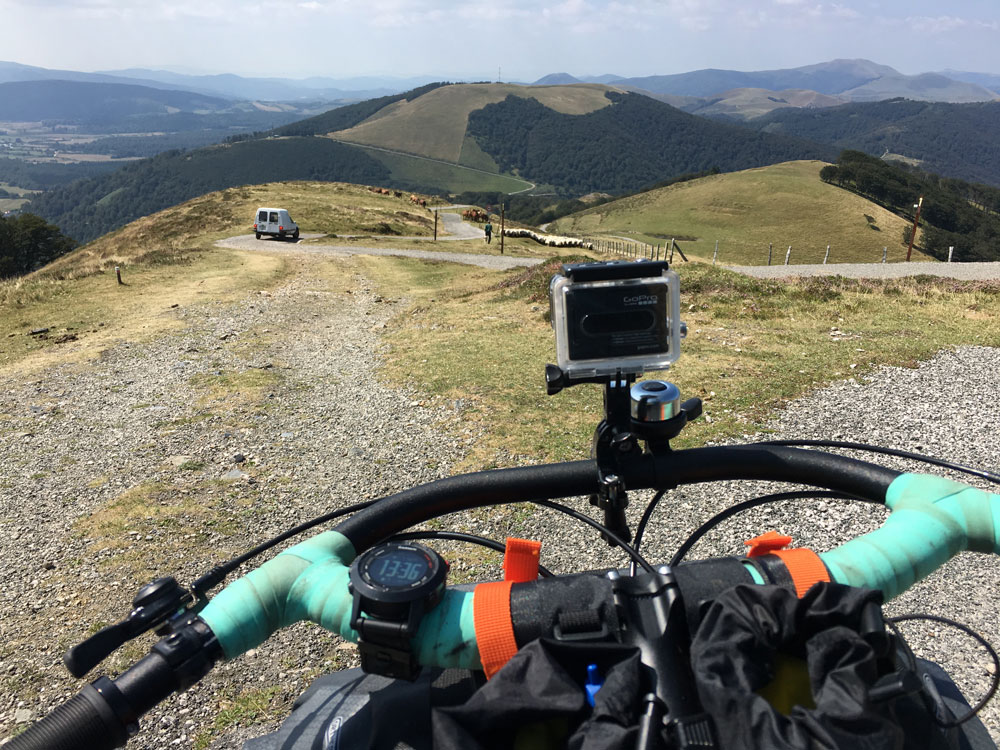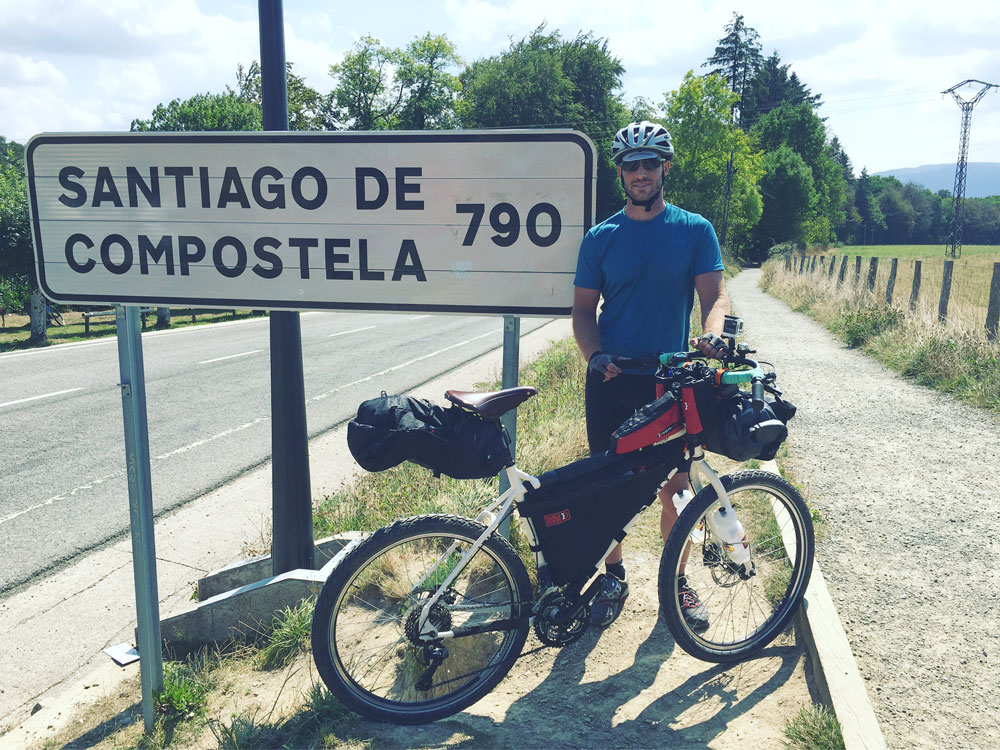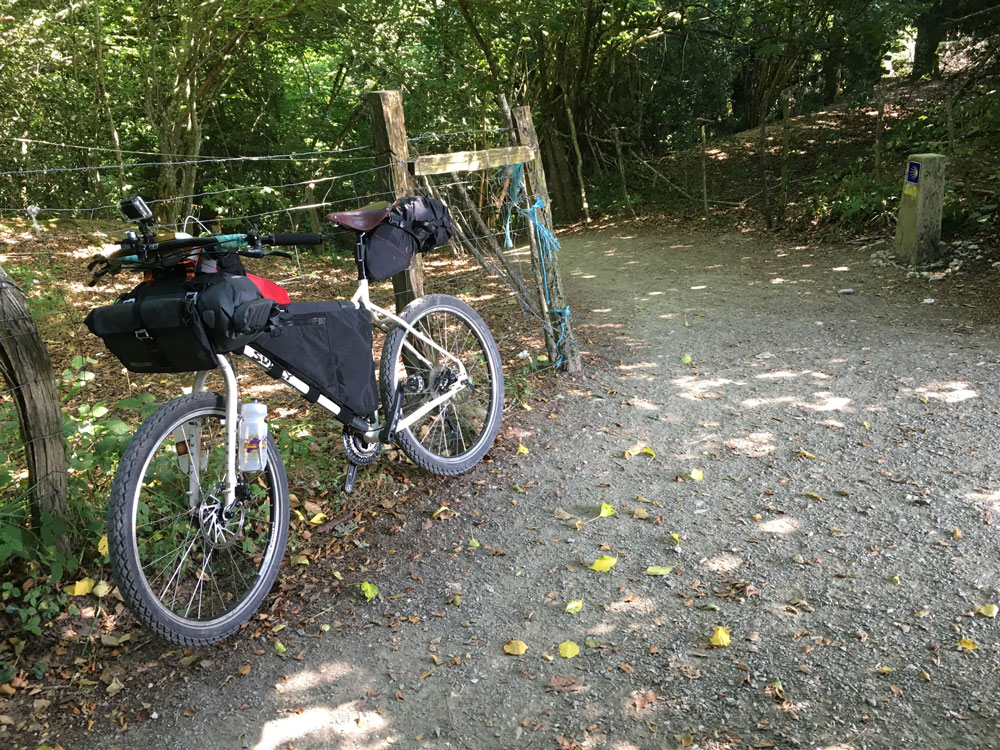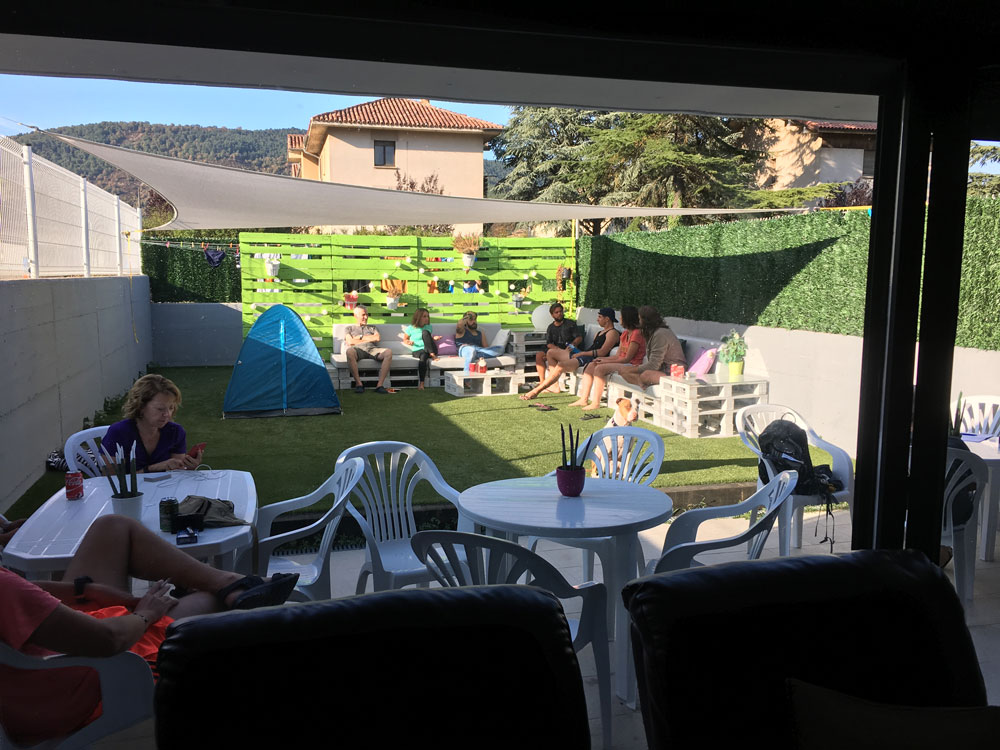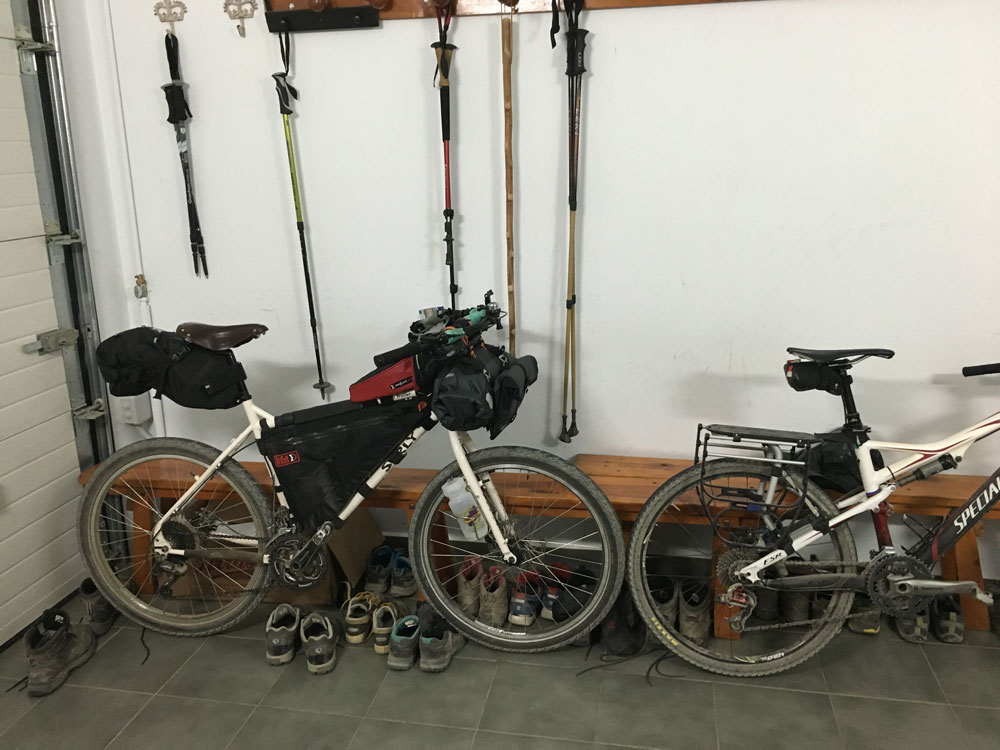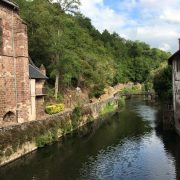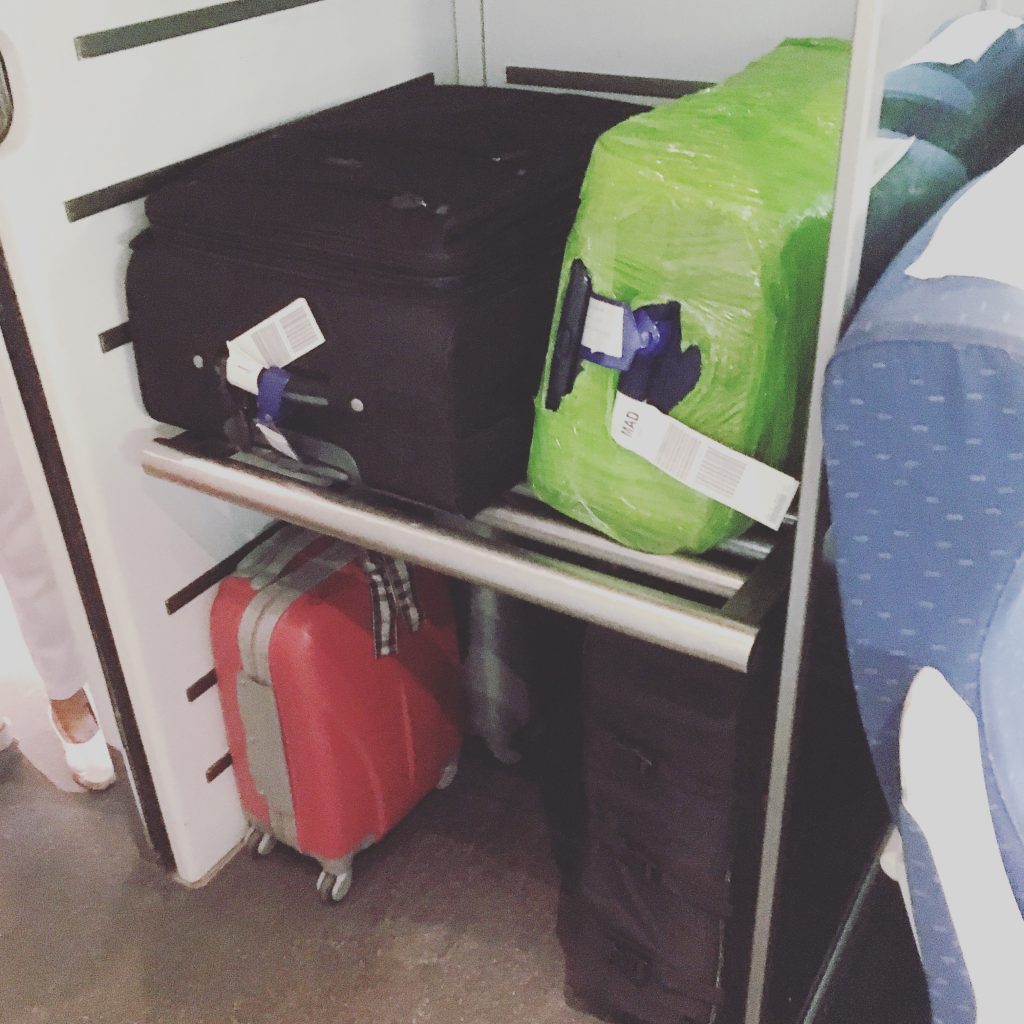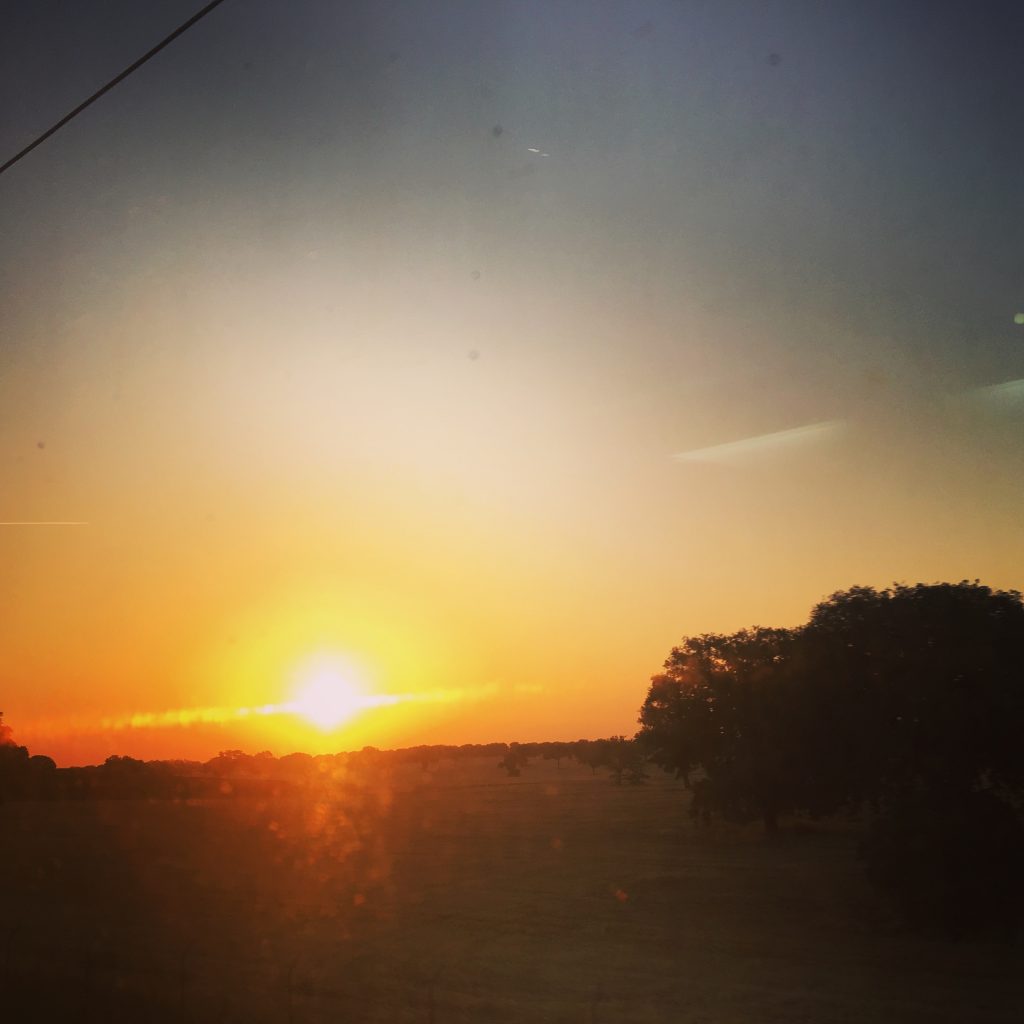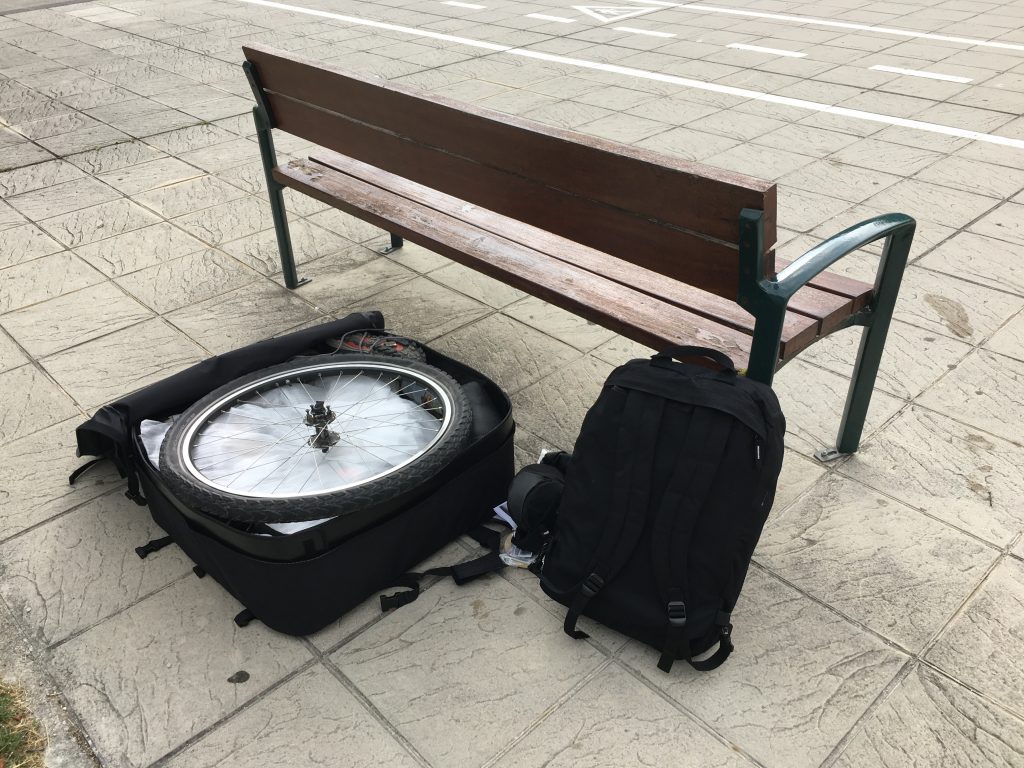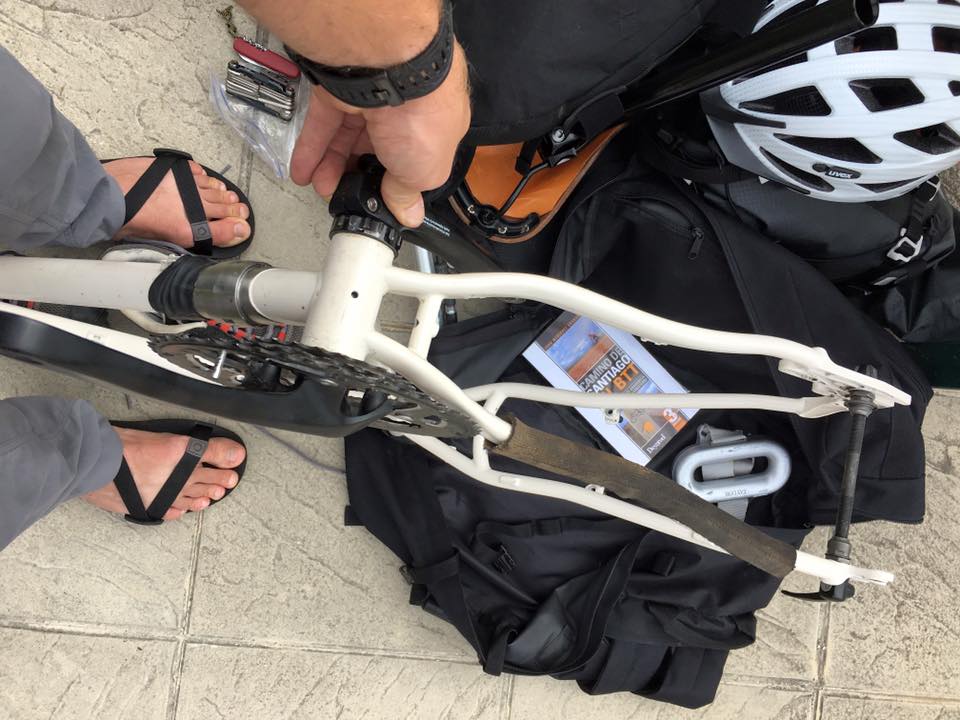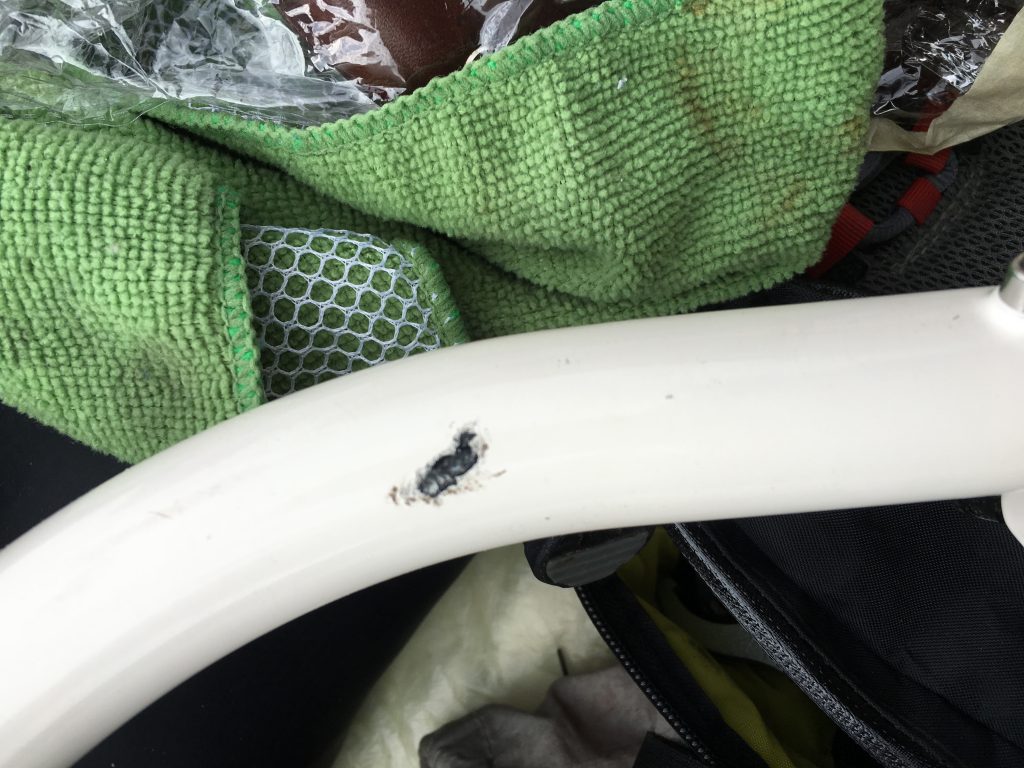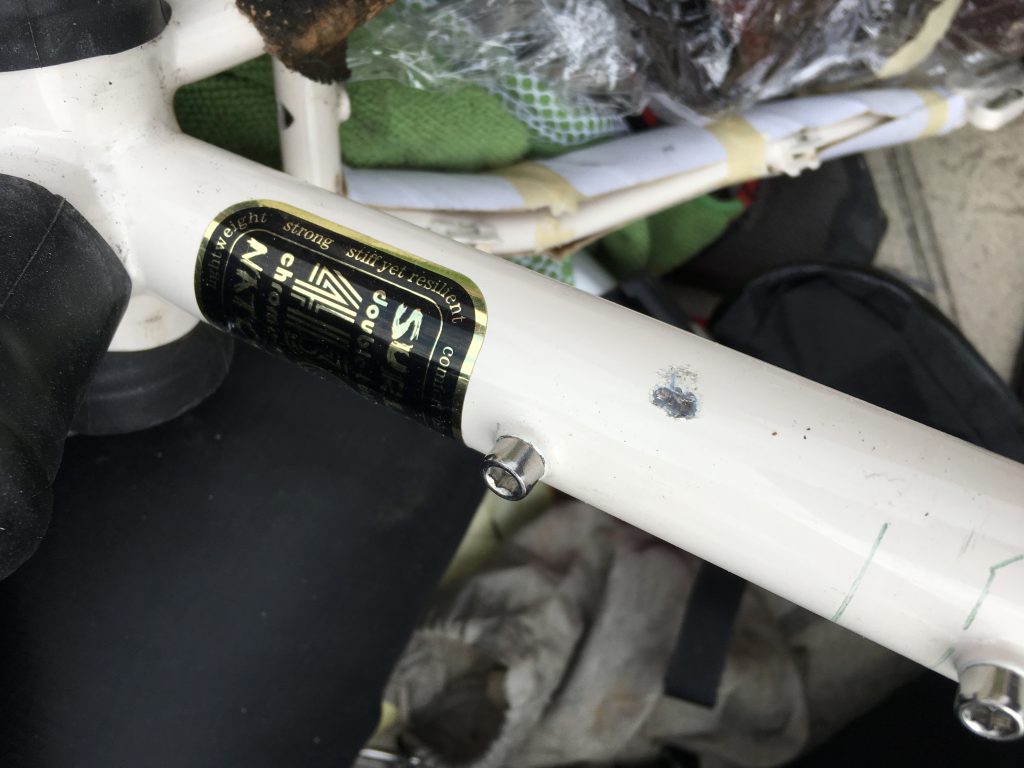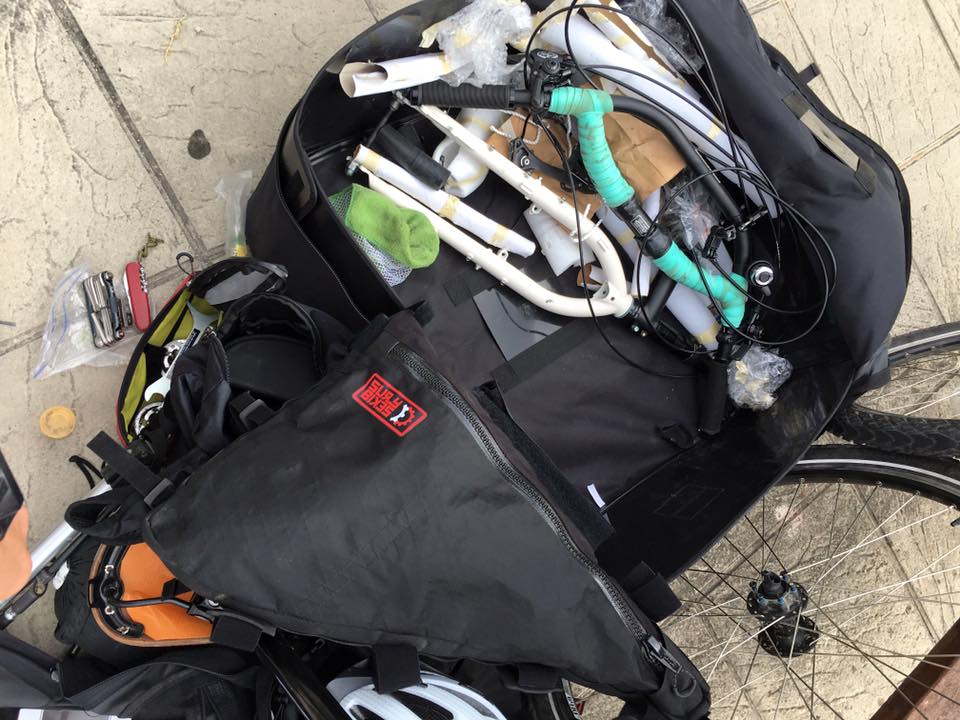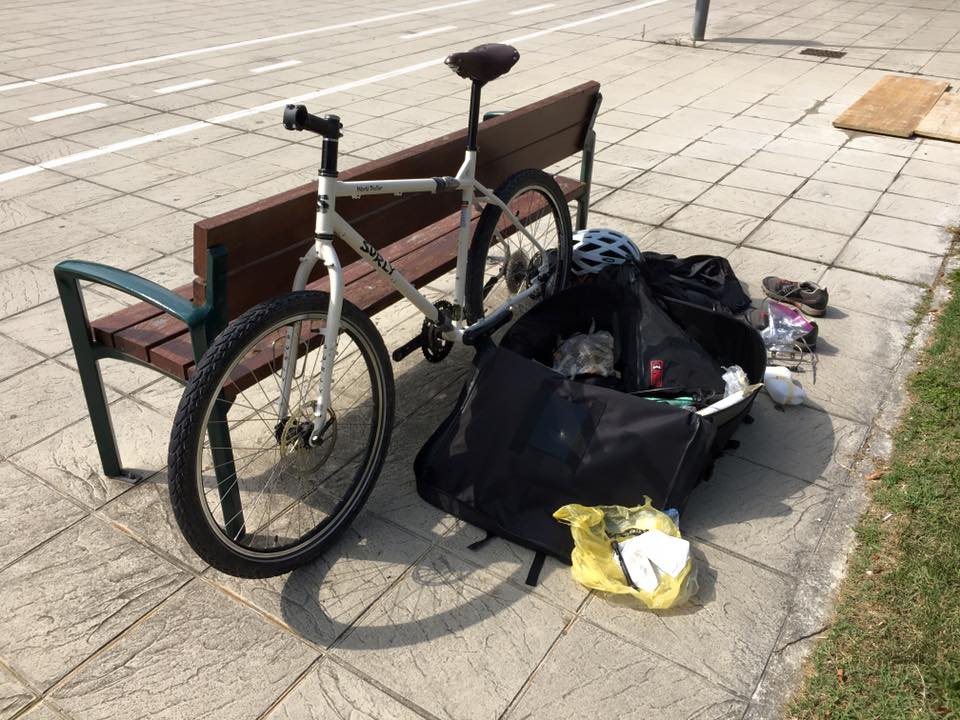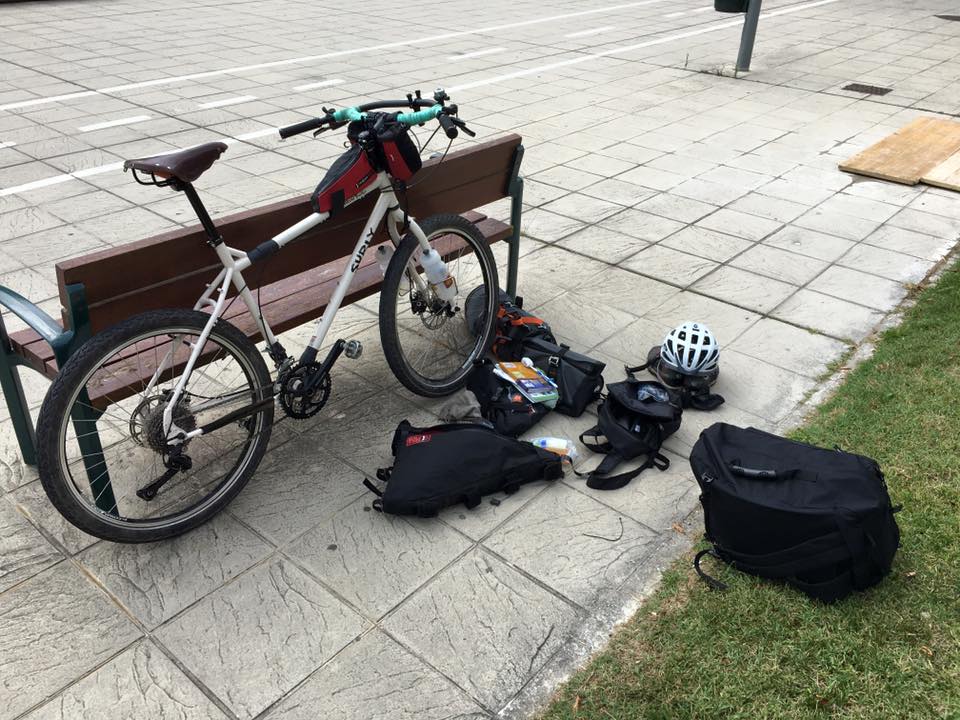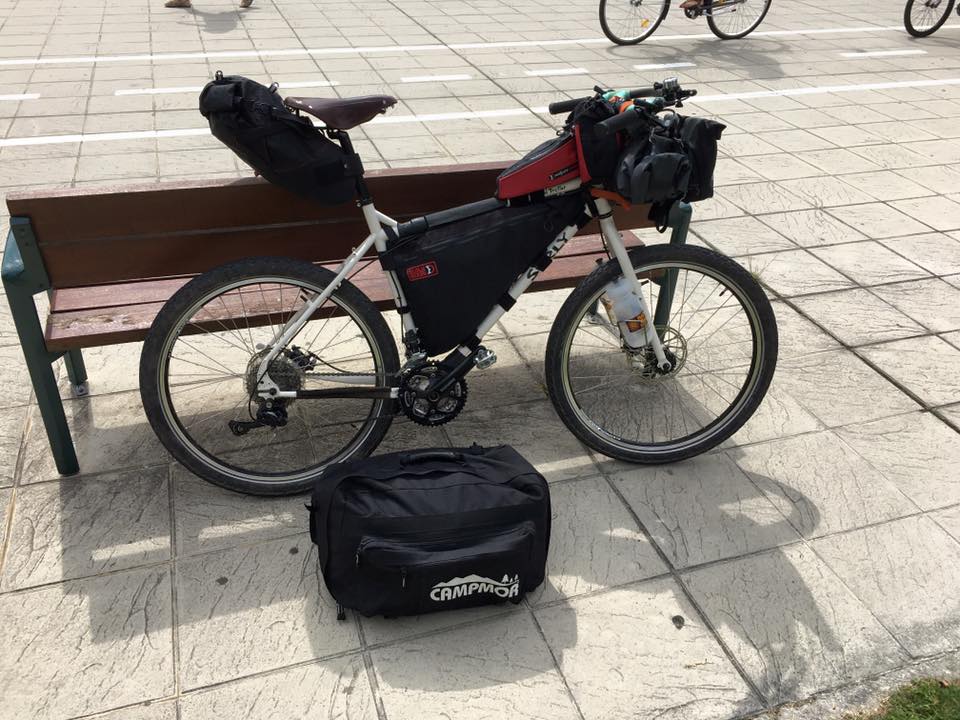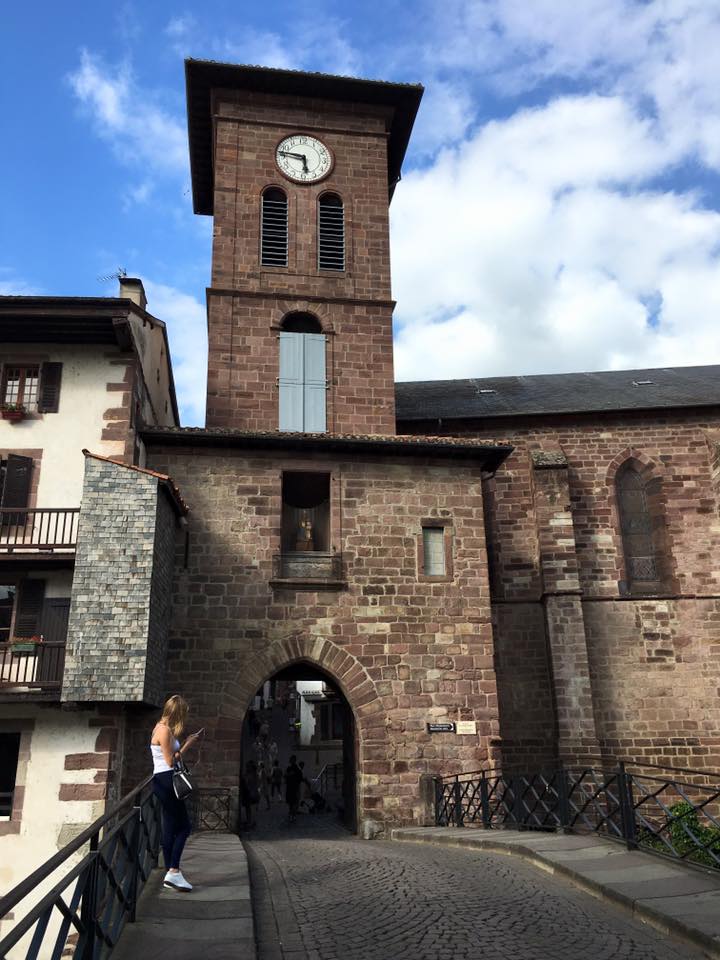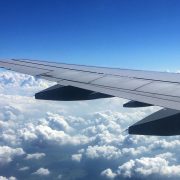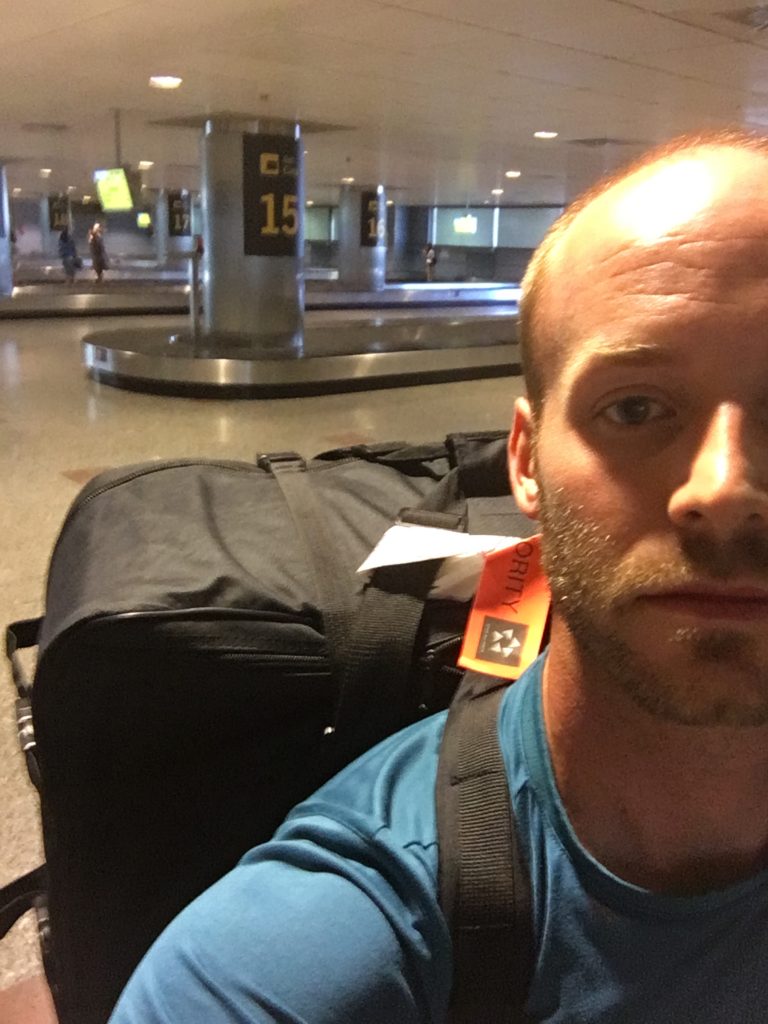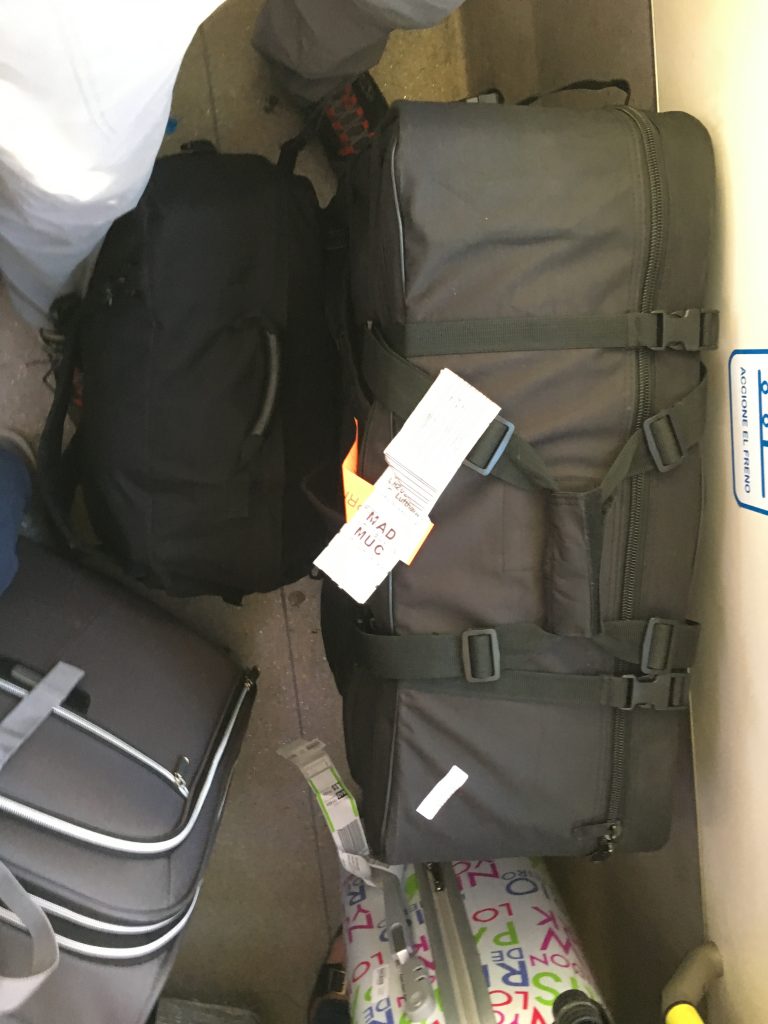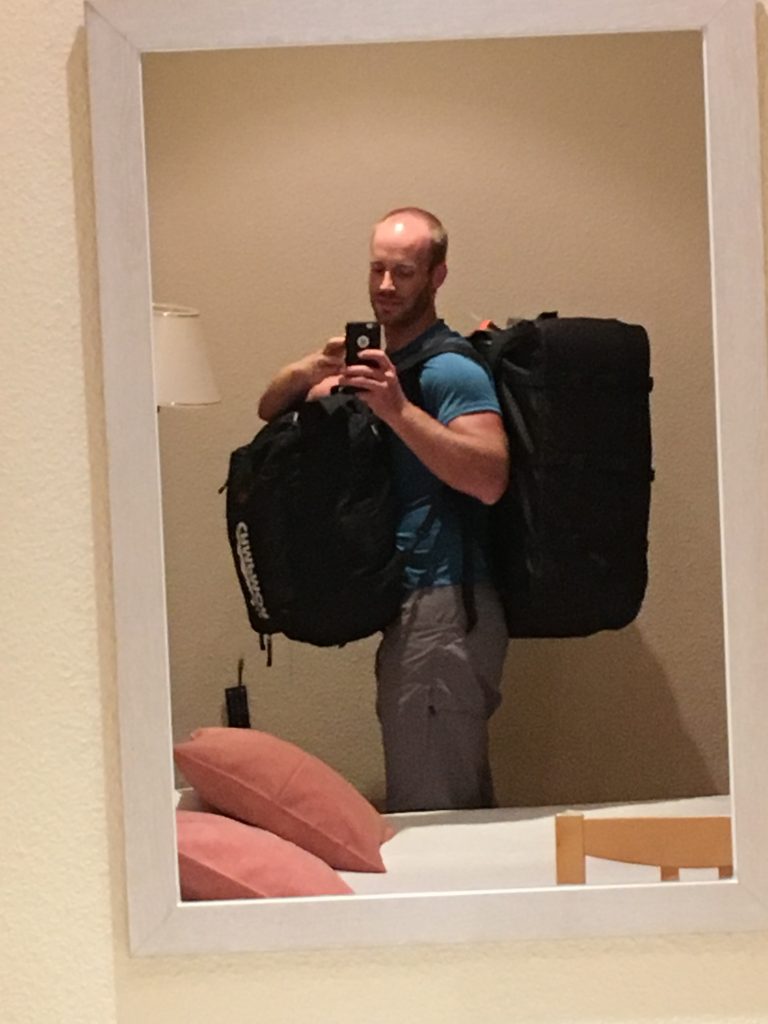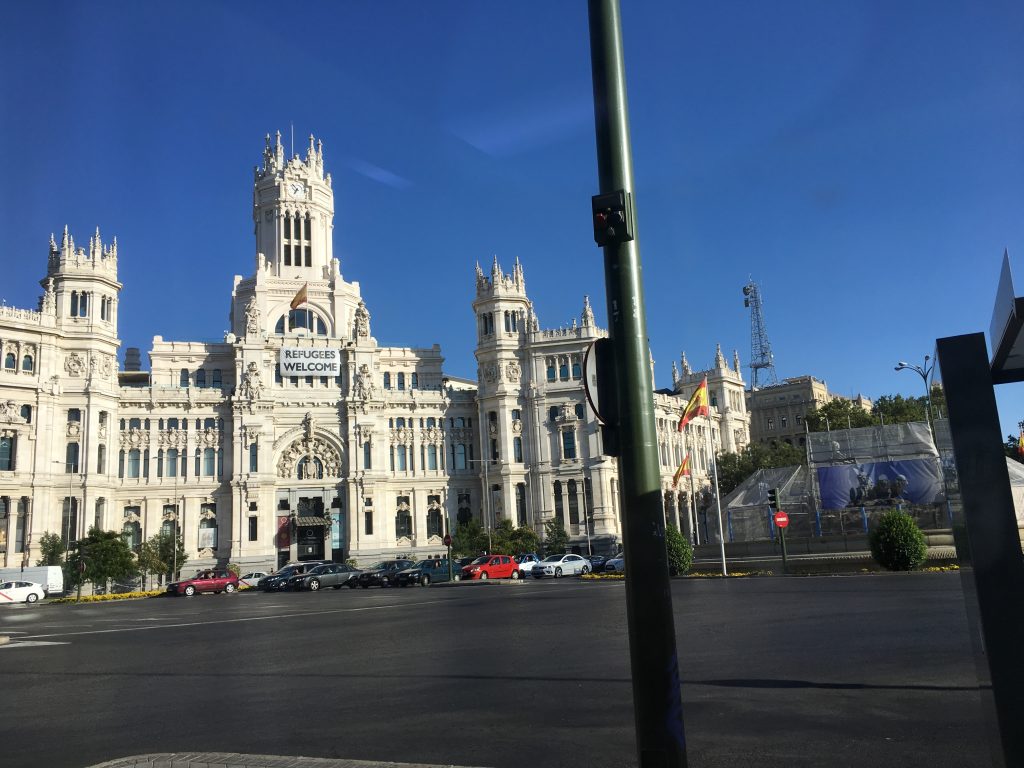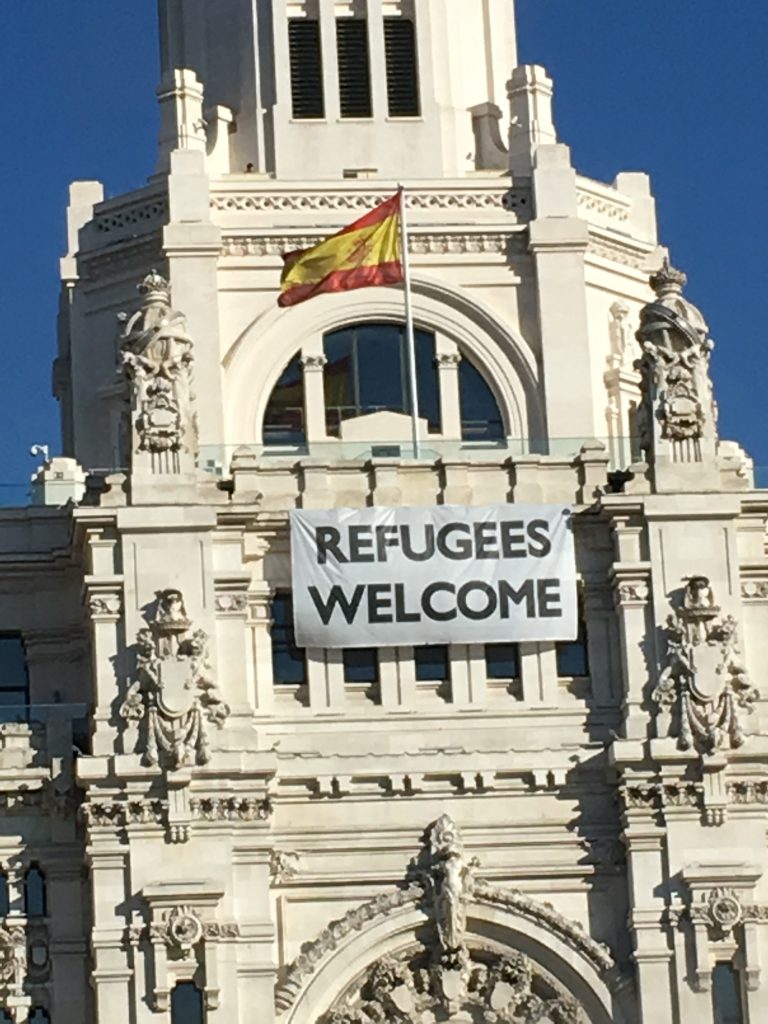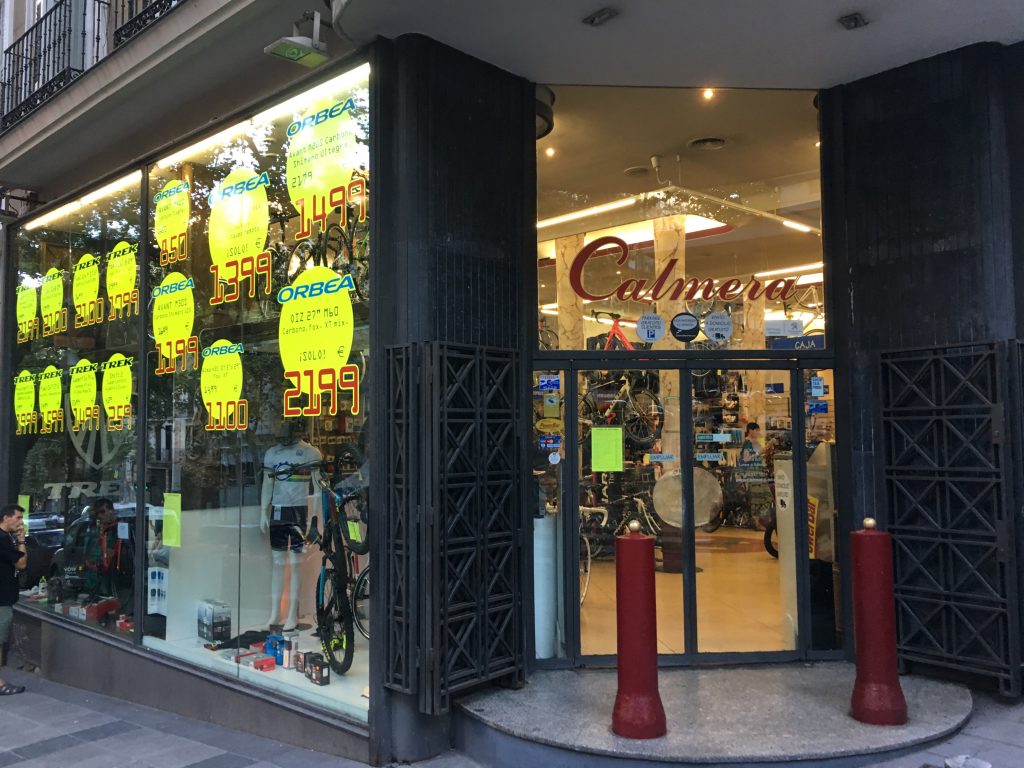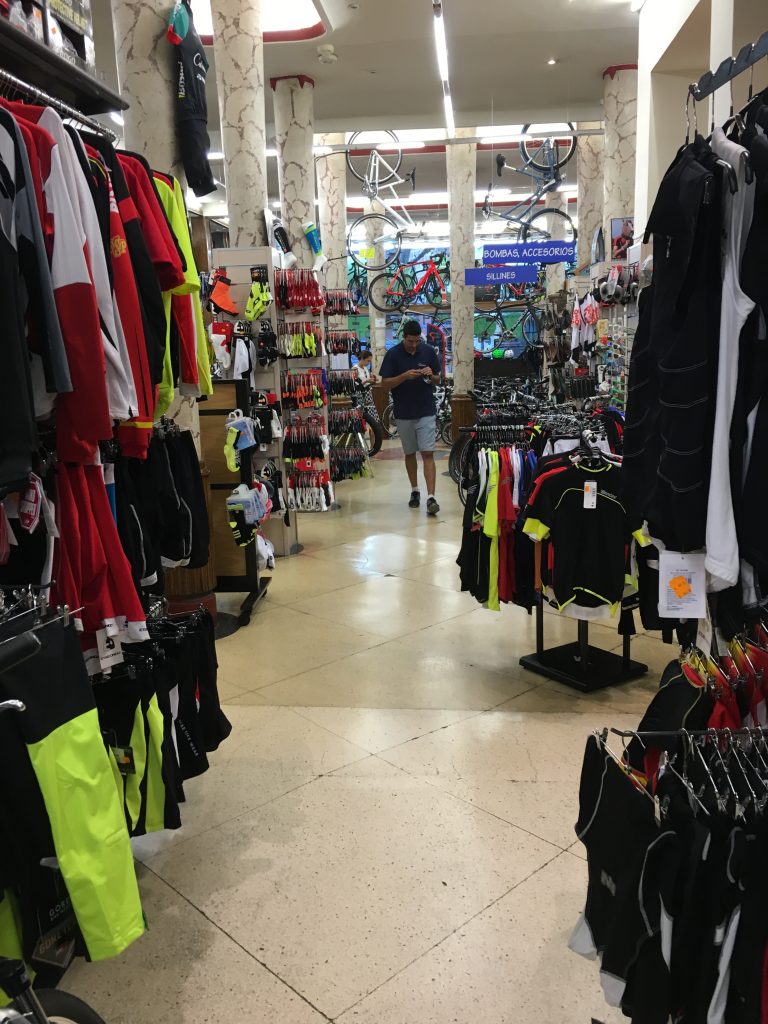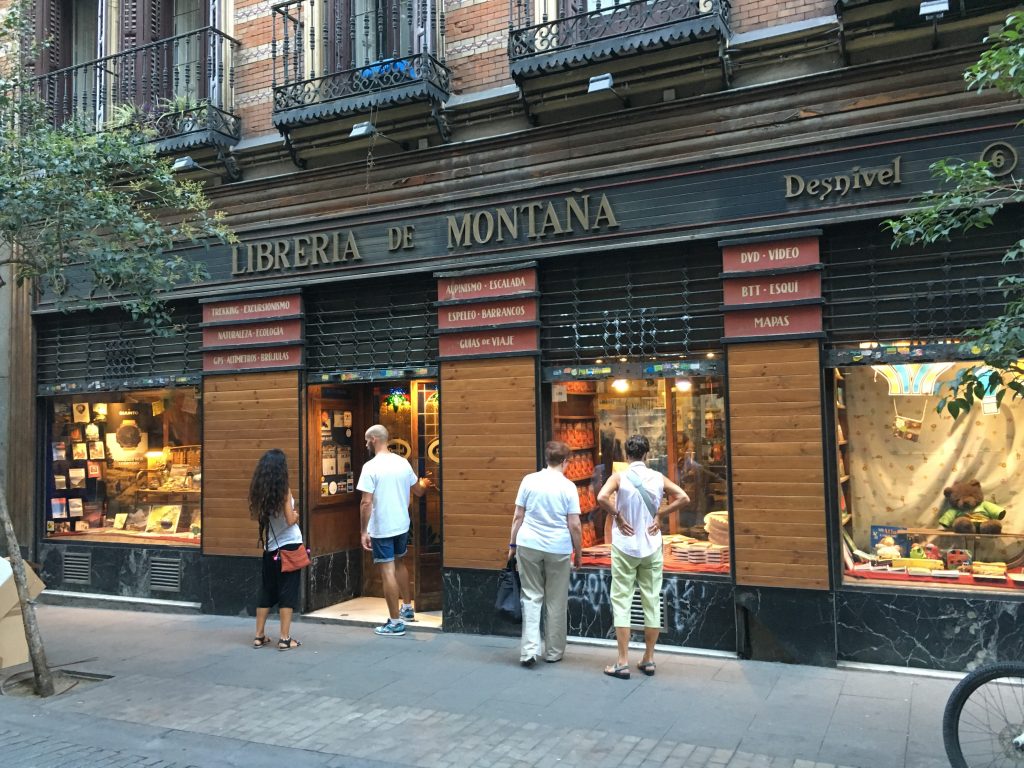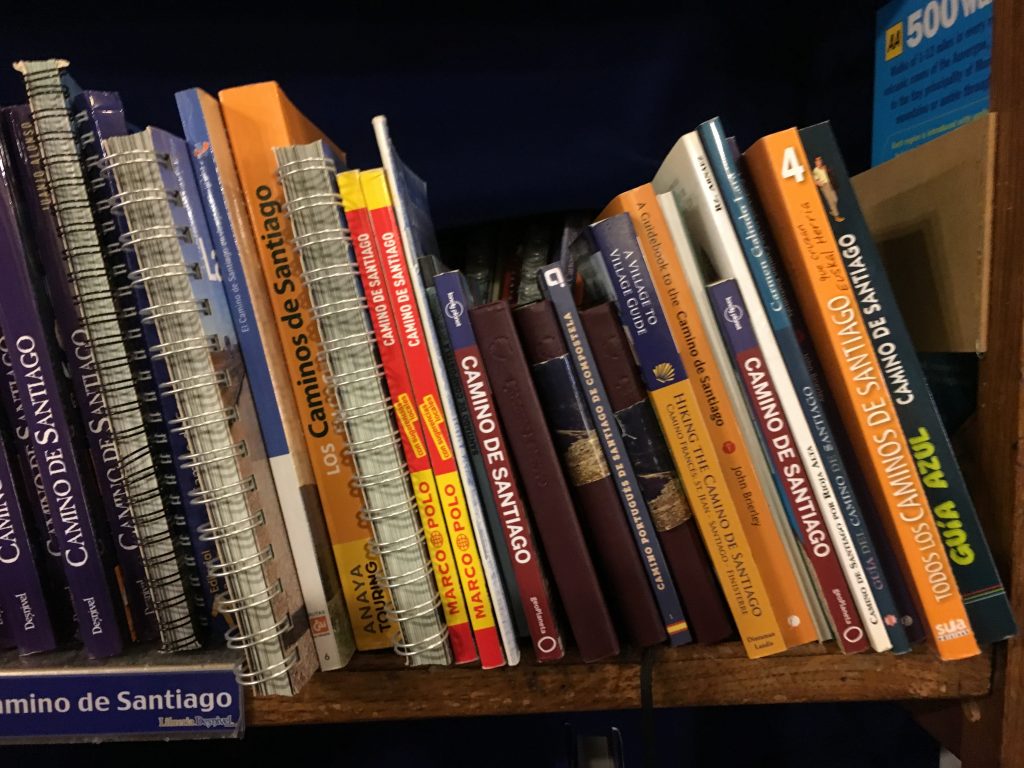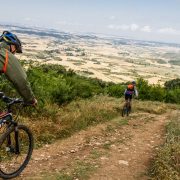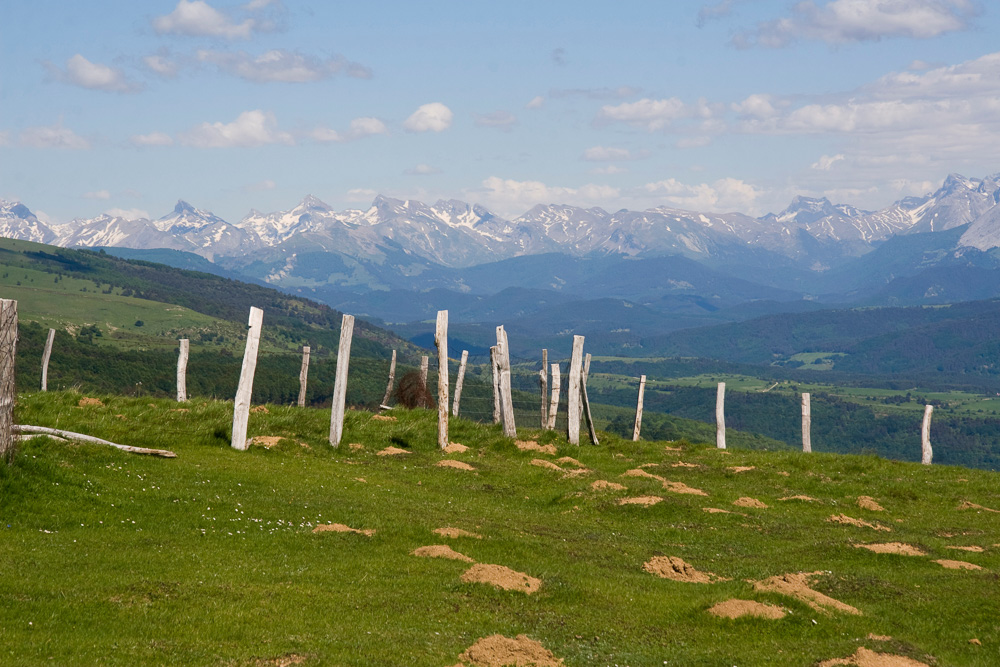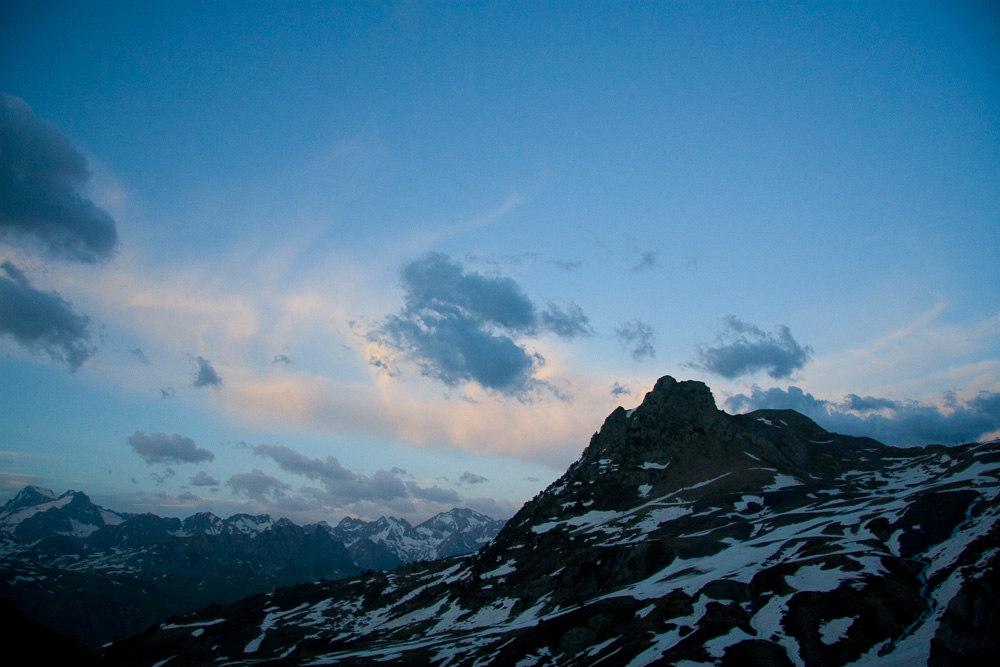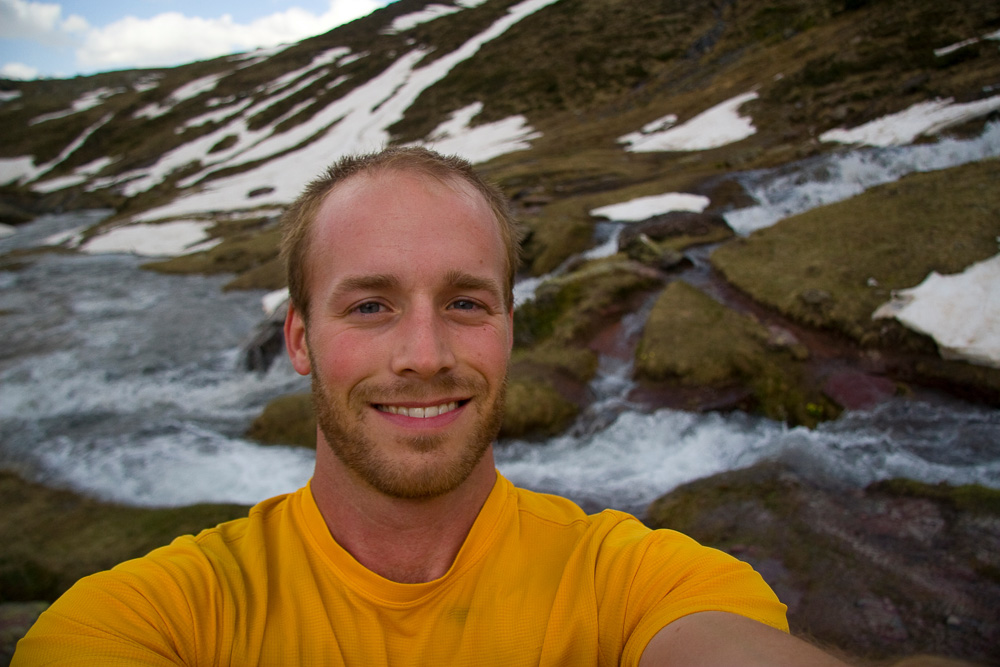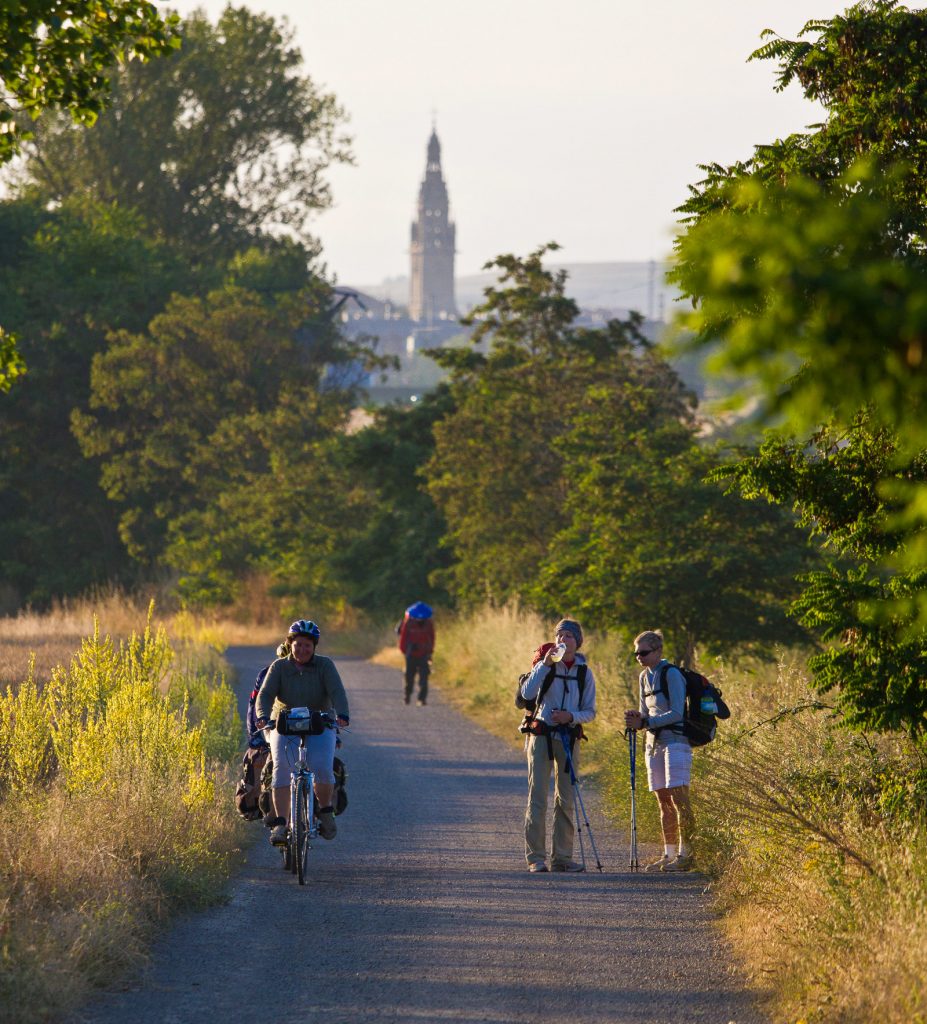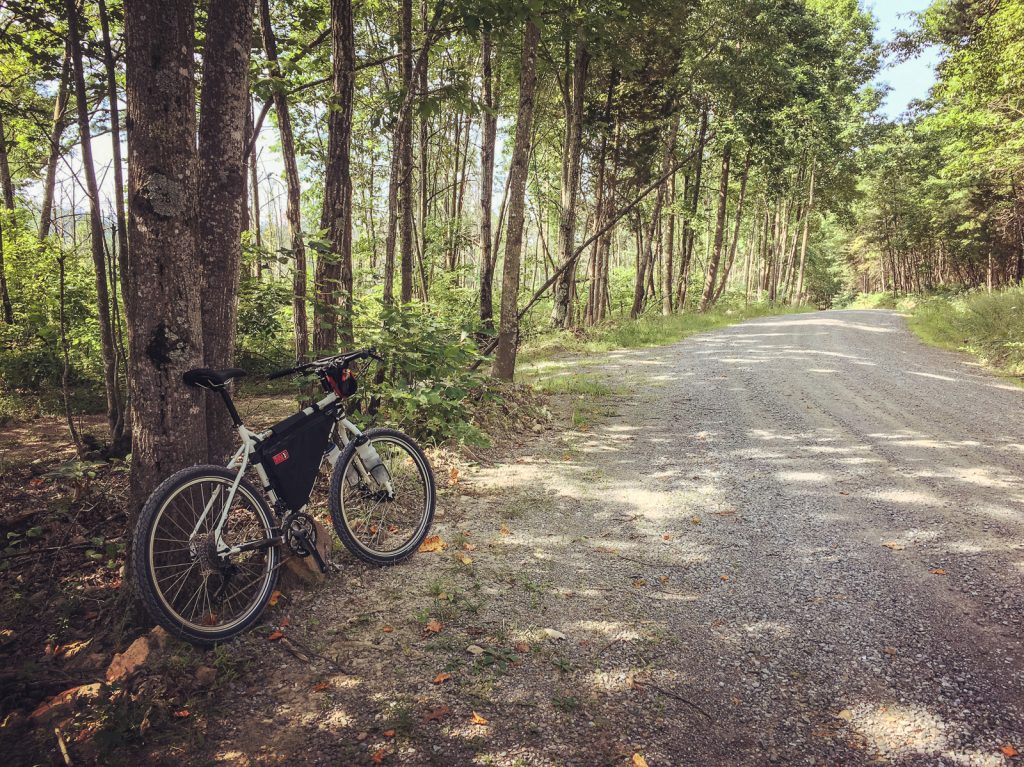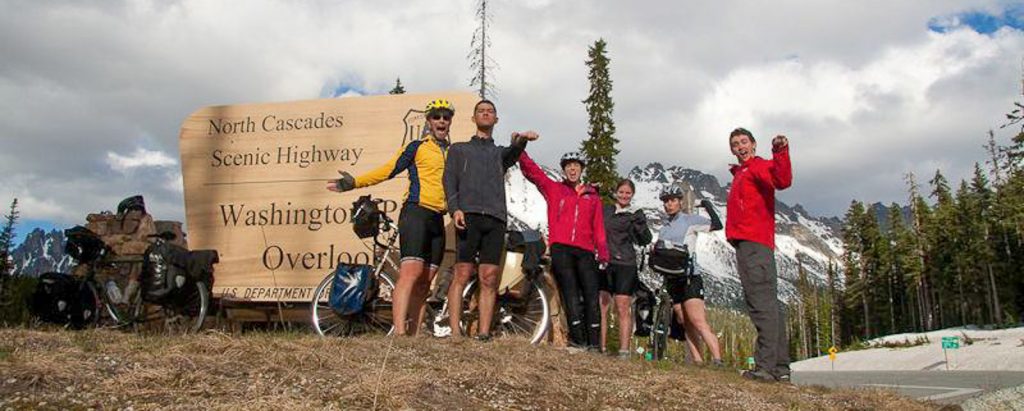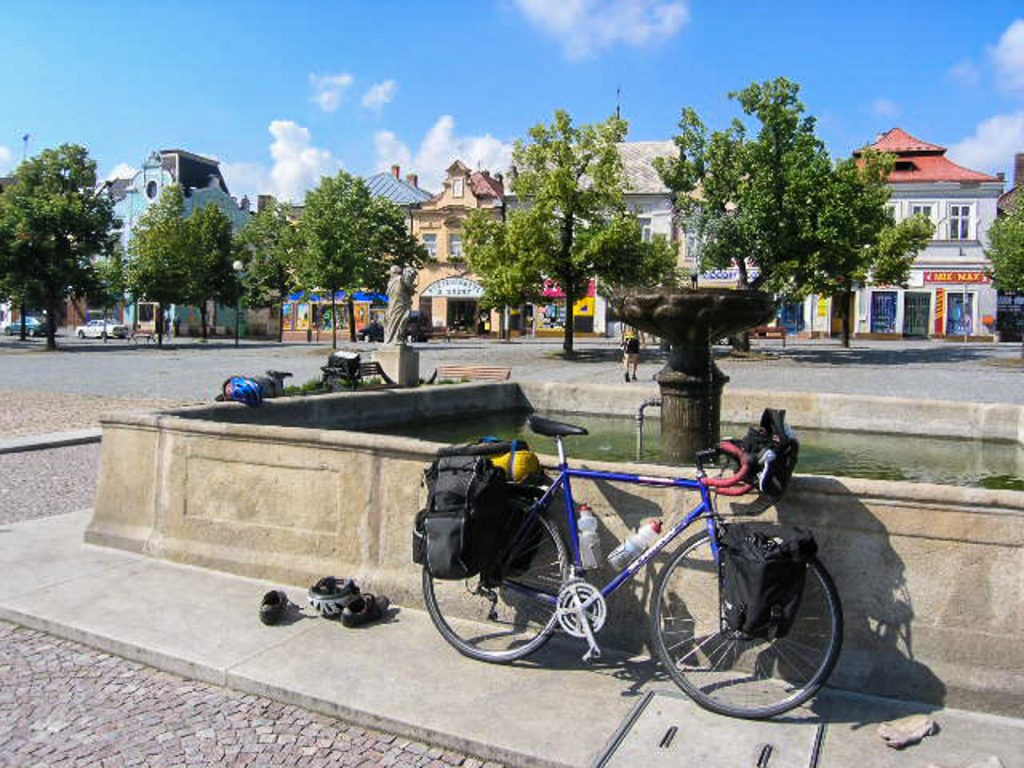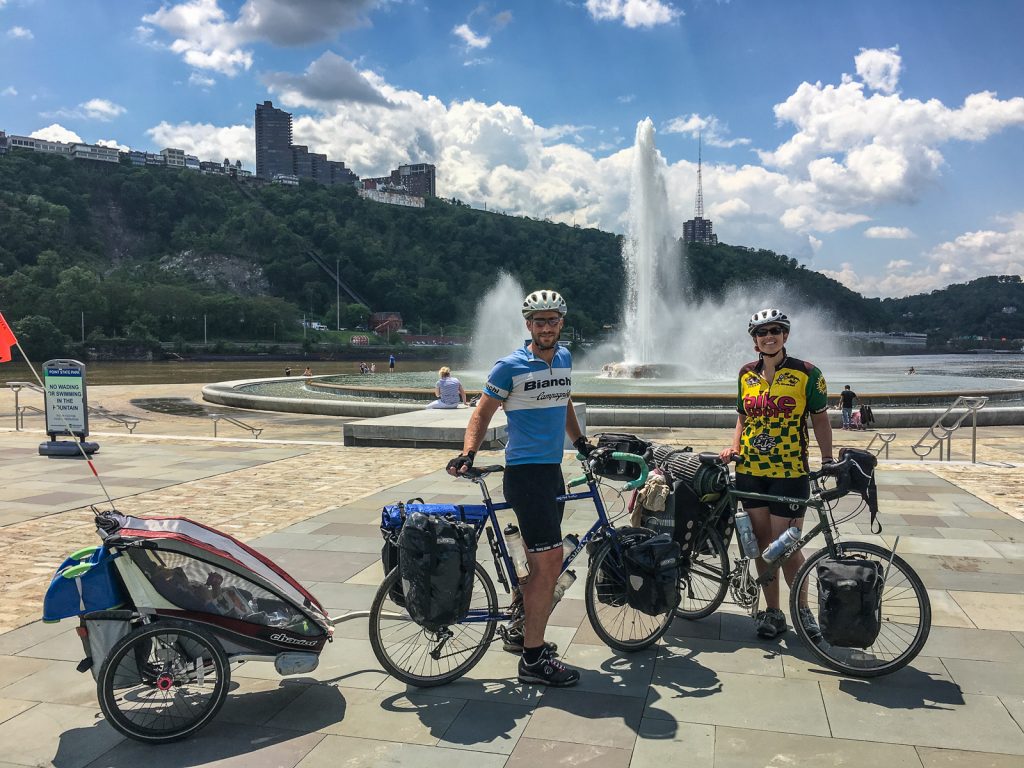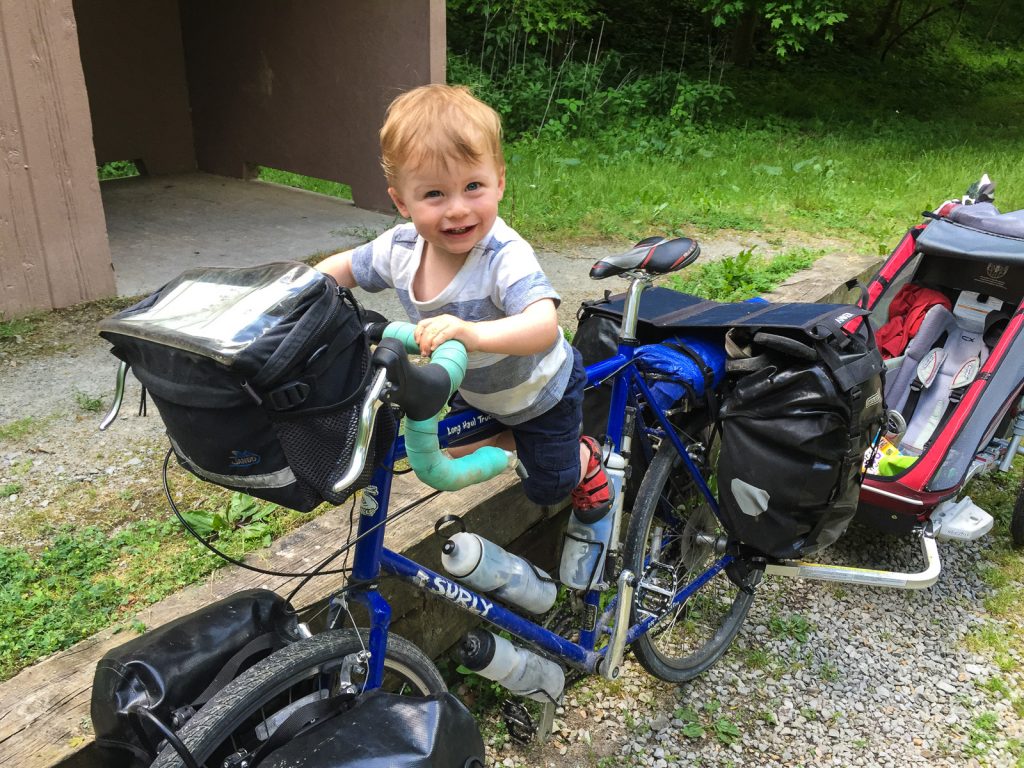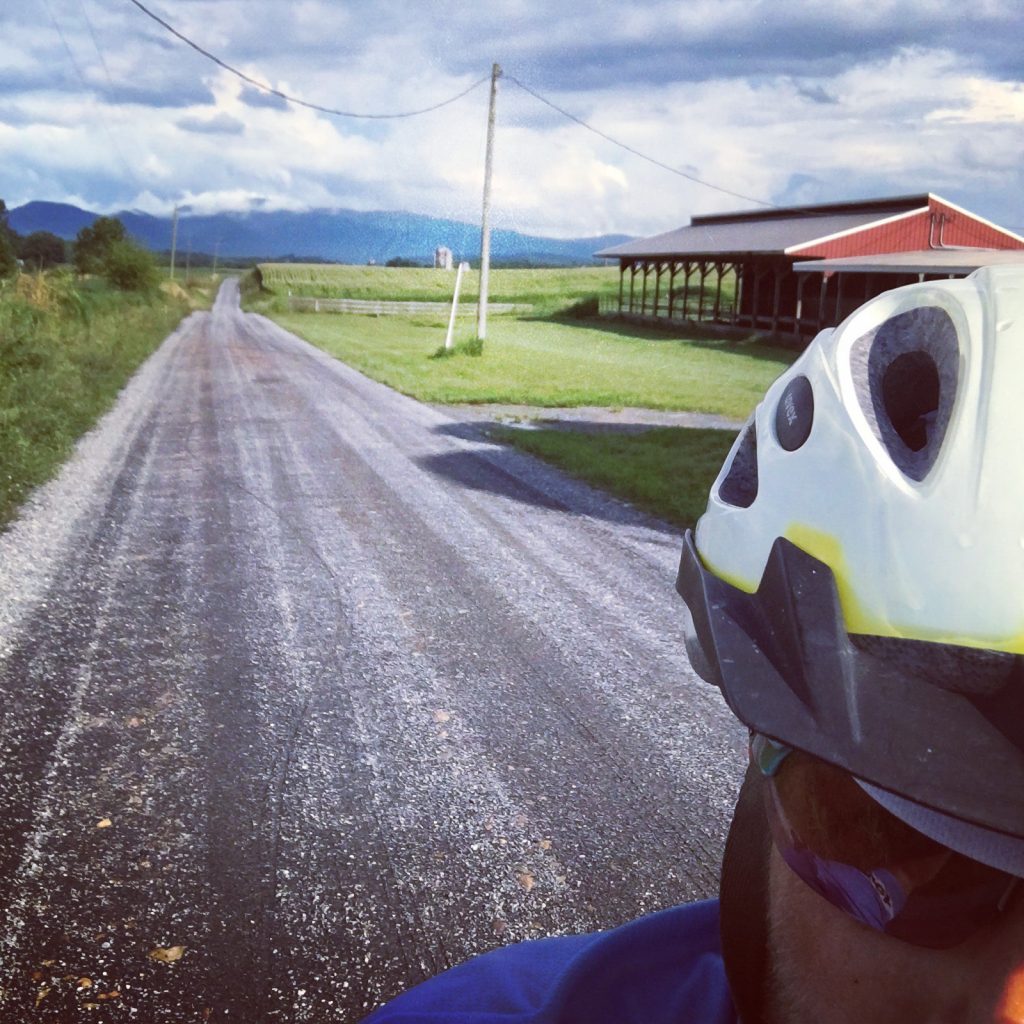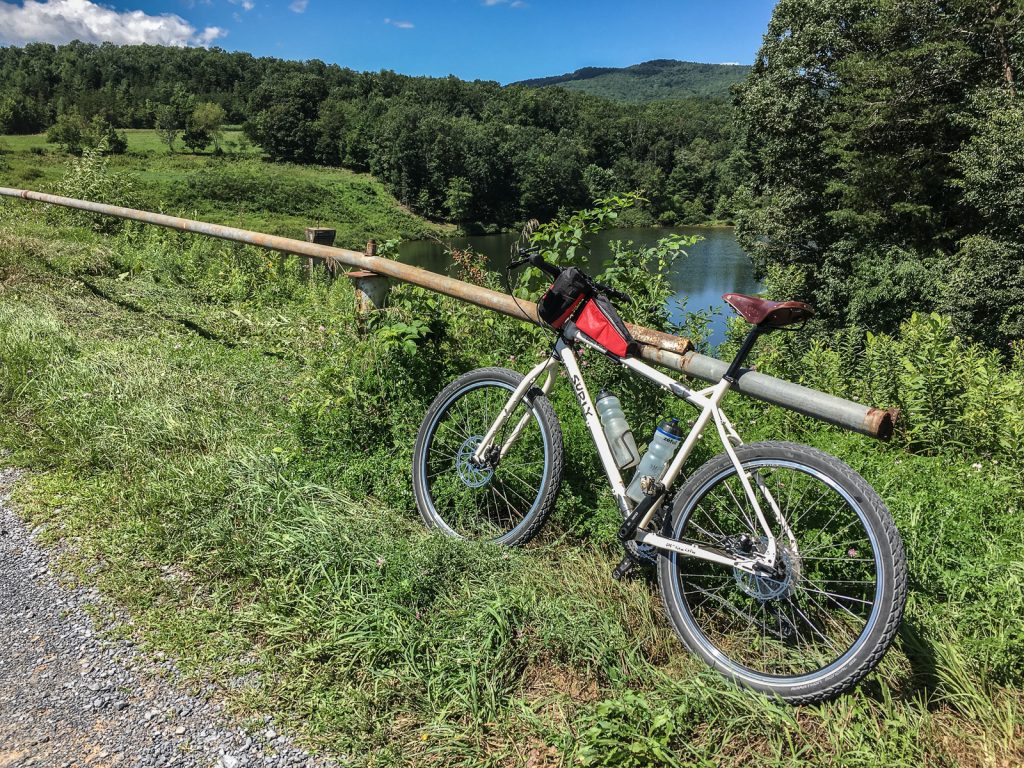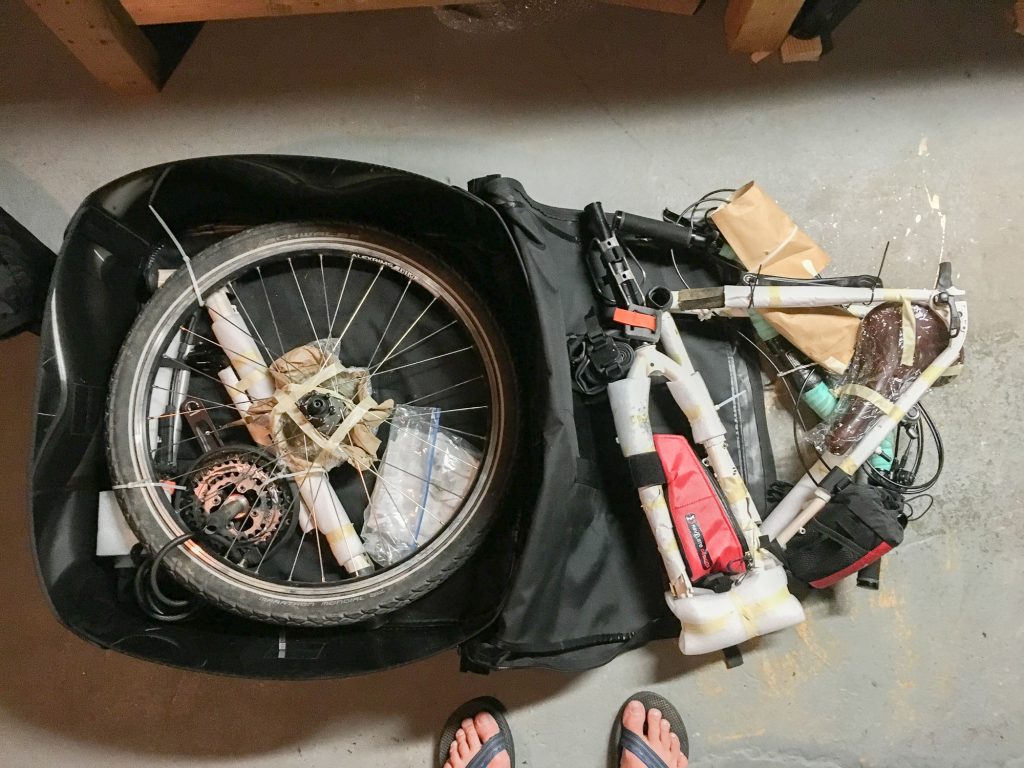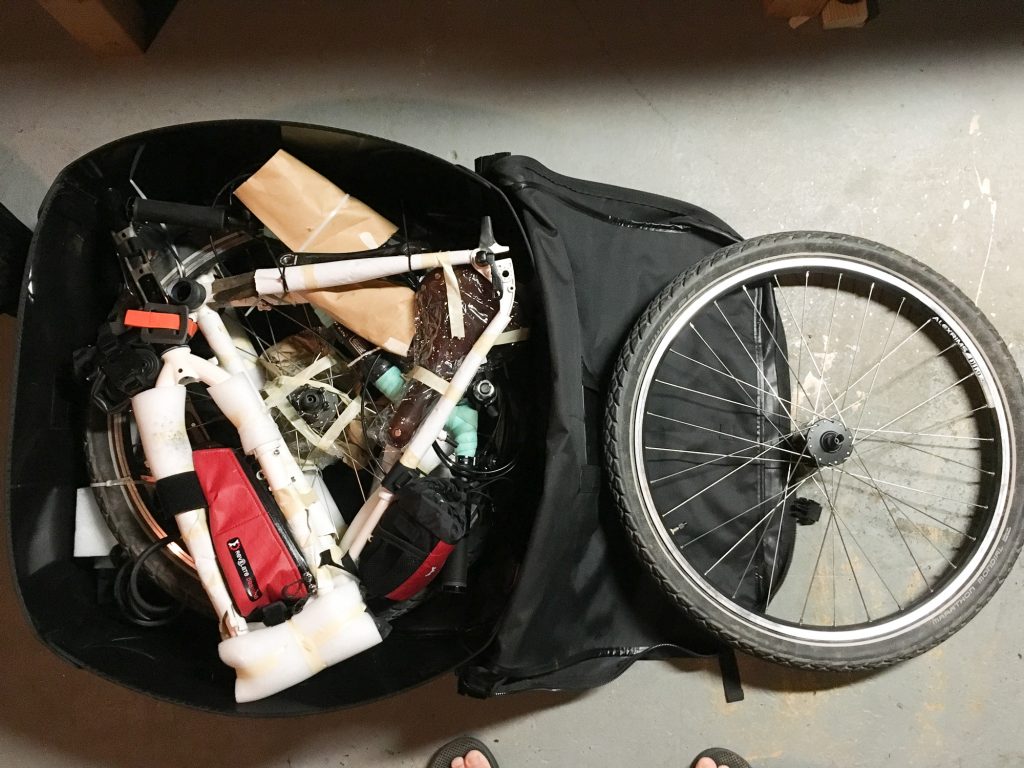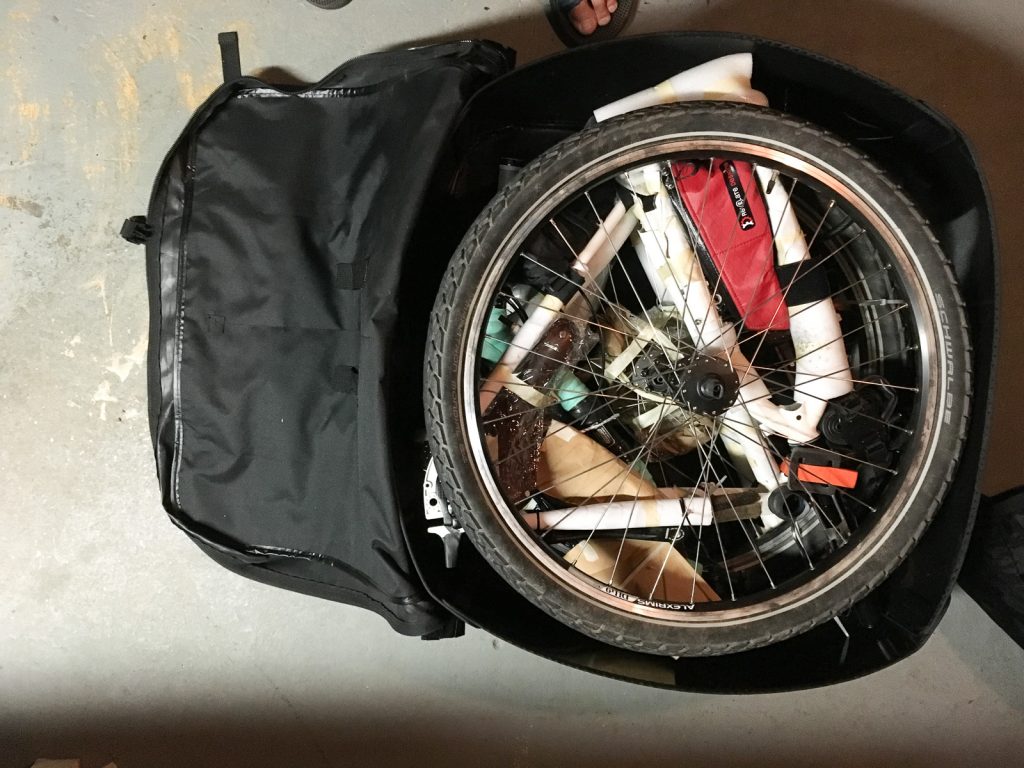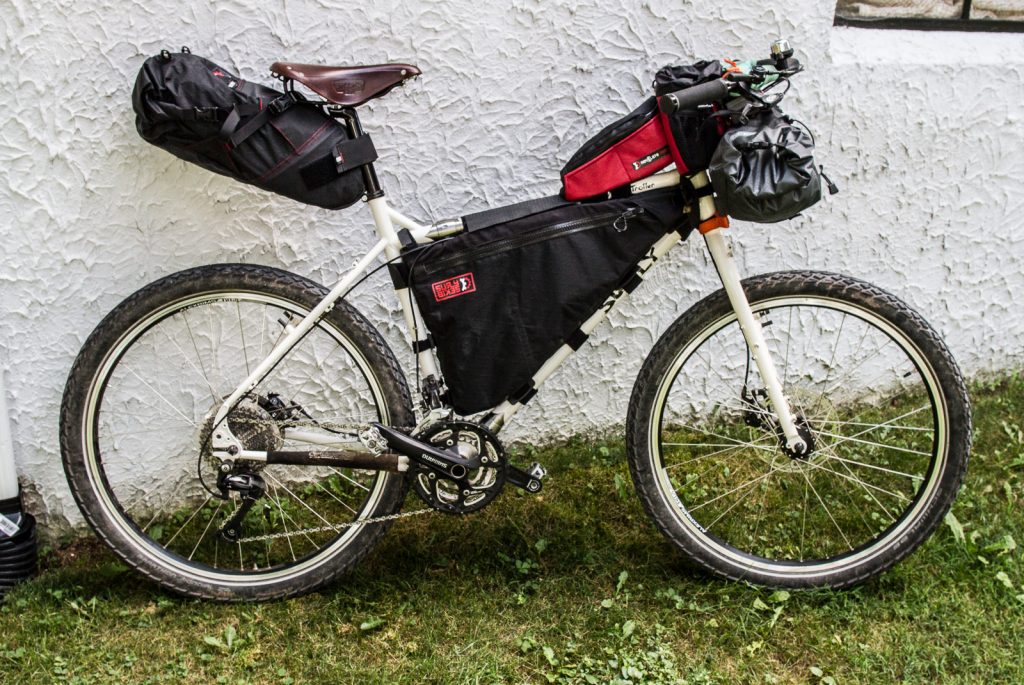Day 4: Into Castilla y León (Logroño to Belorado)
Distance: 56 mi / 90km
Climbing: 4,098 ft / 1249m
This was my longest day yet, and I had expected it to also be the flattest. Overall the route was pleasant with many dirt roads through the vineyards of Rioja connecting small villages. It seems that from Logroño, it is more possible to ride the next few regions of the Camino Francés without a mountain bike. There were only a few short sections where a tougher machine would have helped, and overall I was very happy with my bike/gear setup for it’s ability to handle just about anything the path can present.
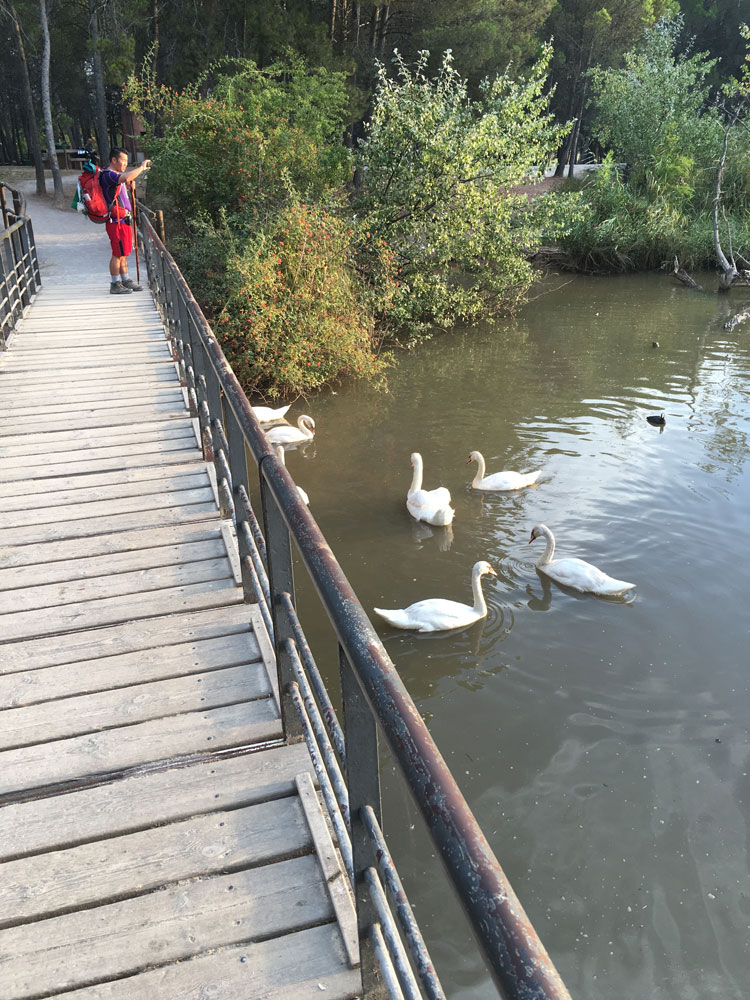
Enjoying the morning light on the way past the reservoir out of Logroño.
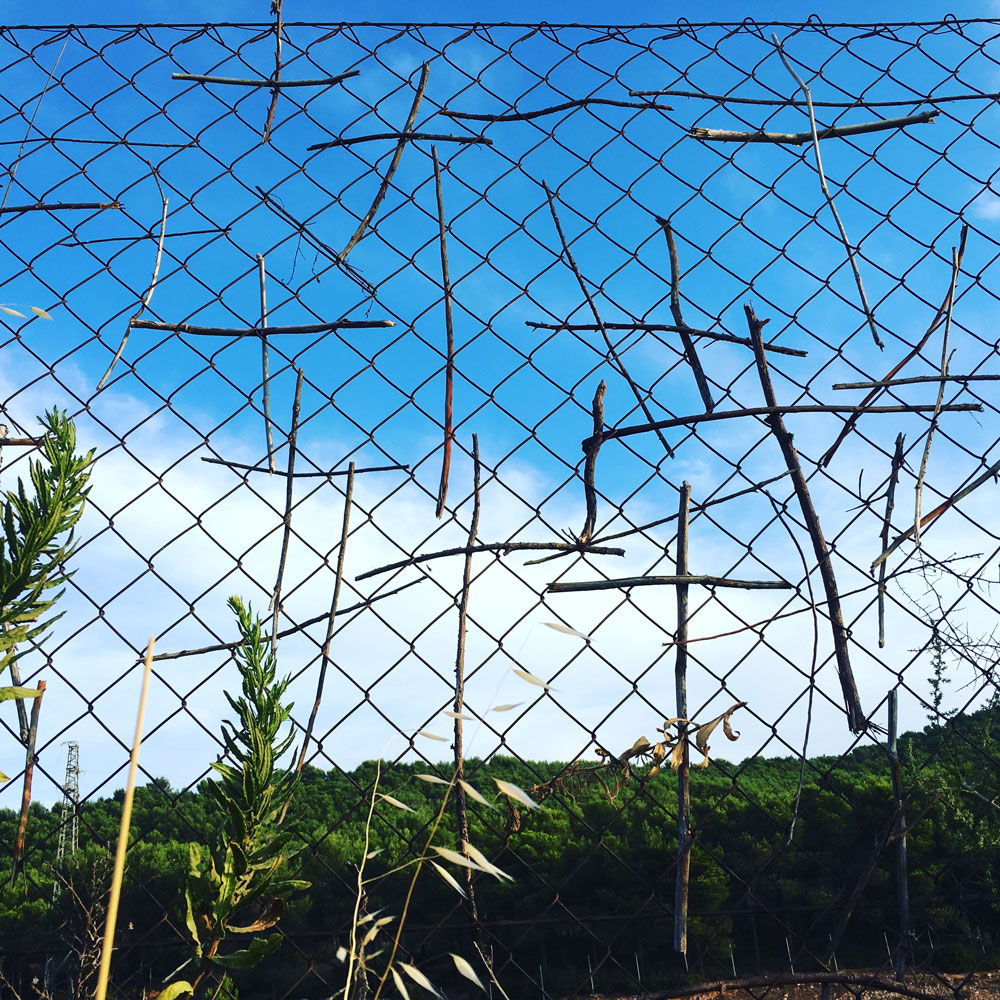
Pilgrim crosses on the top of the hill past Logroño.
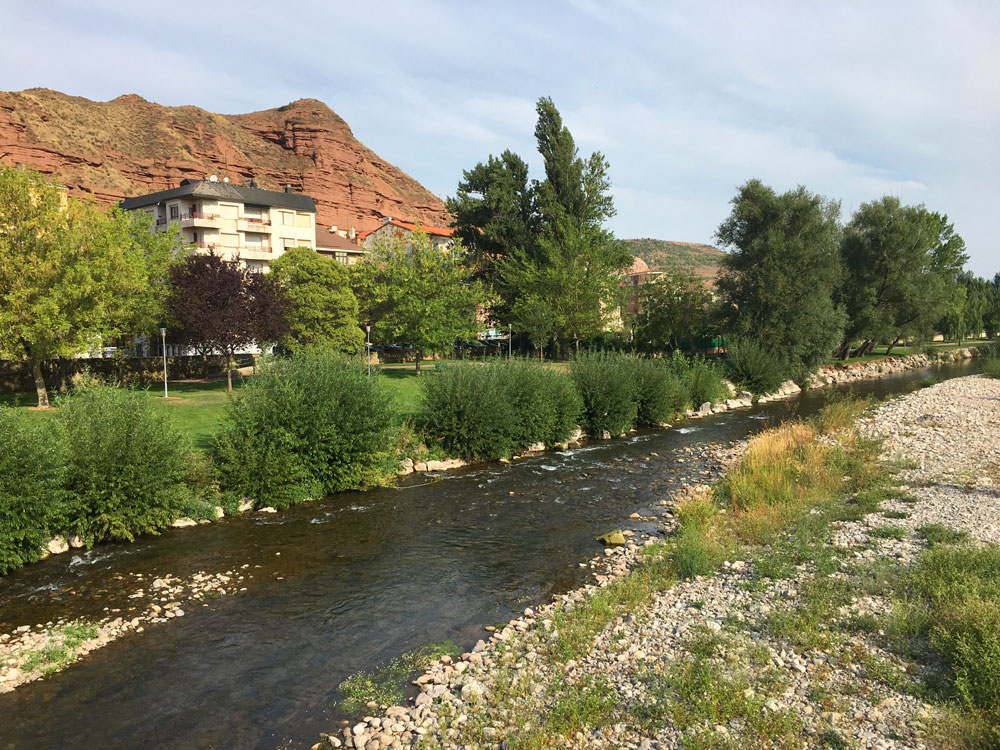
Nájera
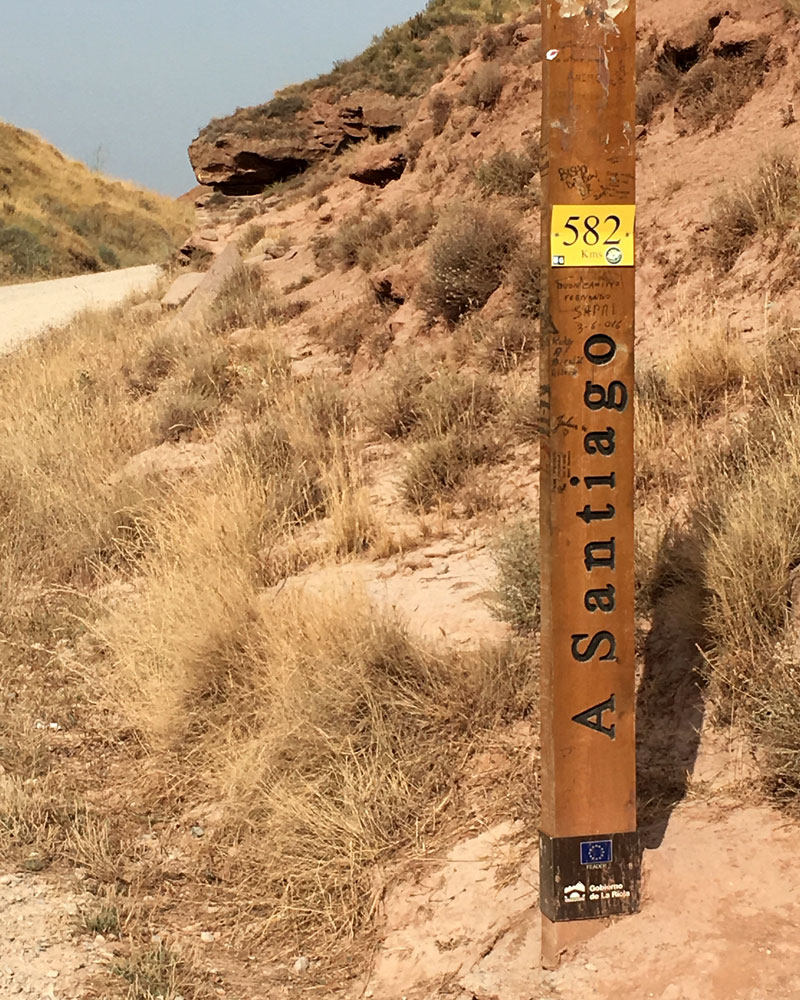
Distance marker just past Nájera.
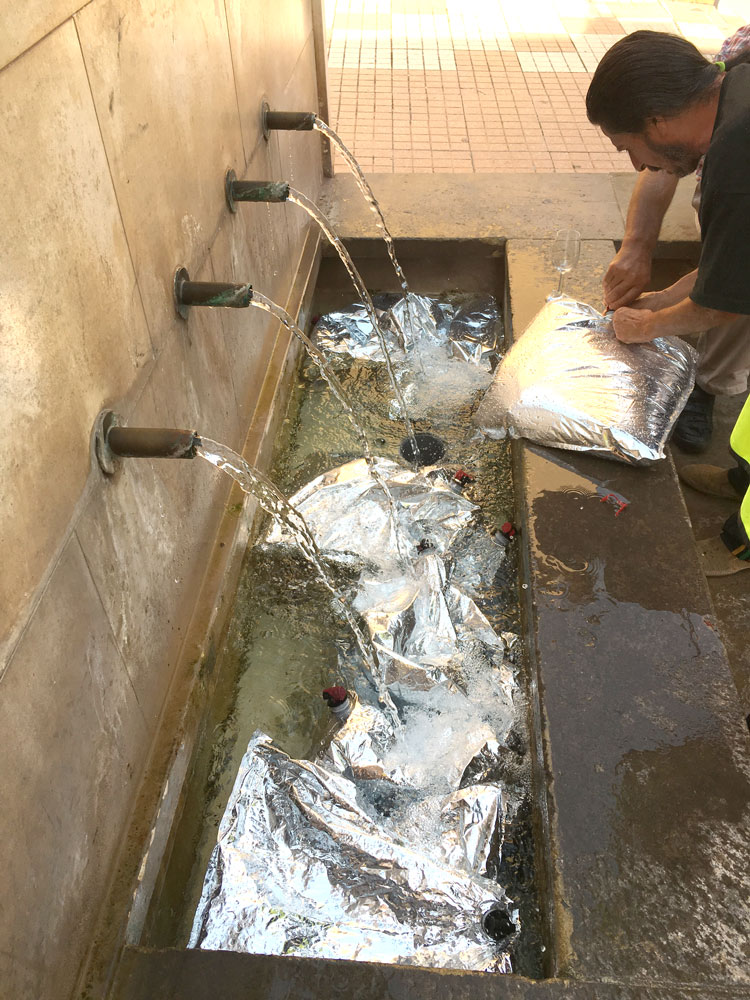
In Azofra, keeping the wine cool until tonight’s festival.
The heat wave unfortunately has continued, and it hit me the hardest on a not so steep, but very long and grueling climb up to Cirueña along the gravel road. At the top I was thankful for a small rest area and to find my two biking friends from Peru that I met two days earlier. Around this point I found a very tall sign welcoming me into yet another Spanish Region, Castilla y León. The states really fly by on a bike, even if the progress feels slow and steady at times!
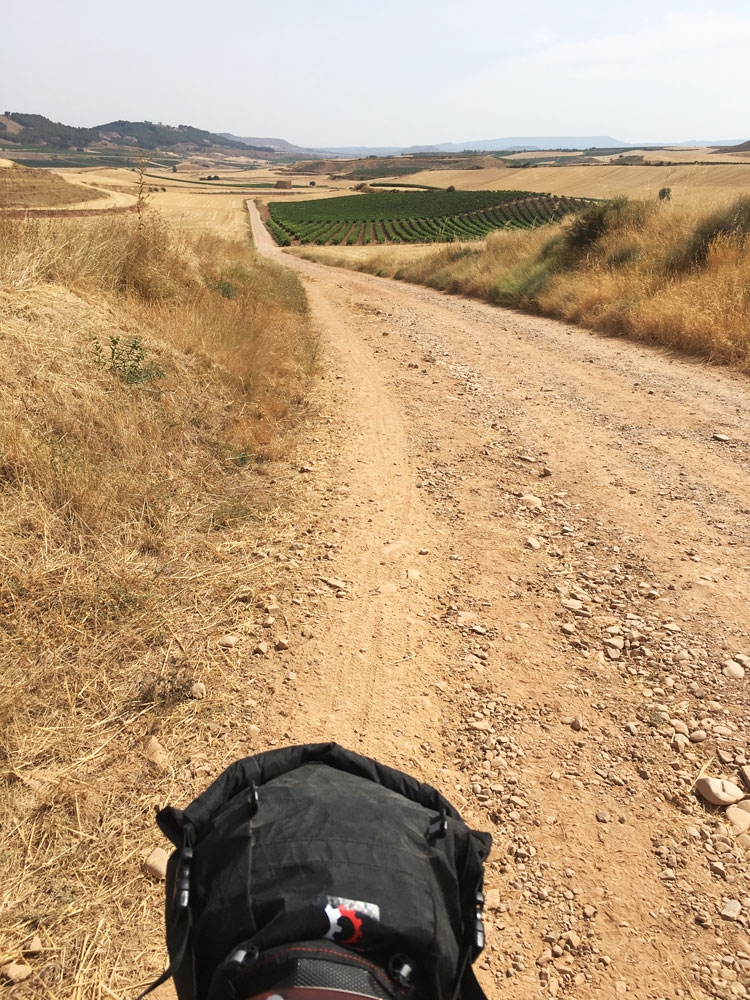
The long, slow path up to Cirueña.
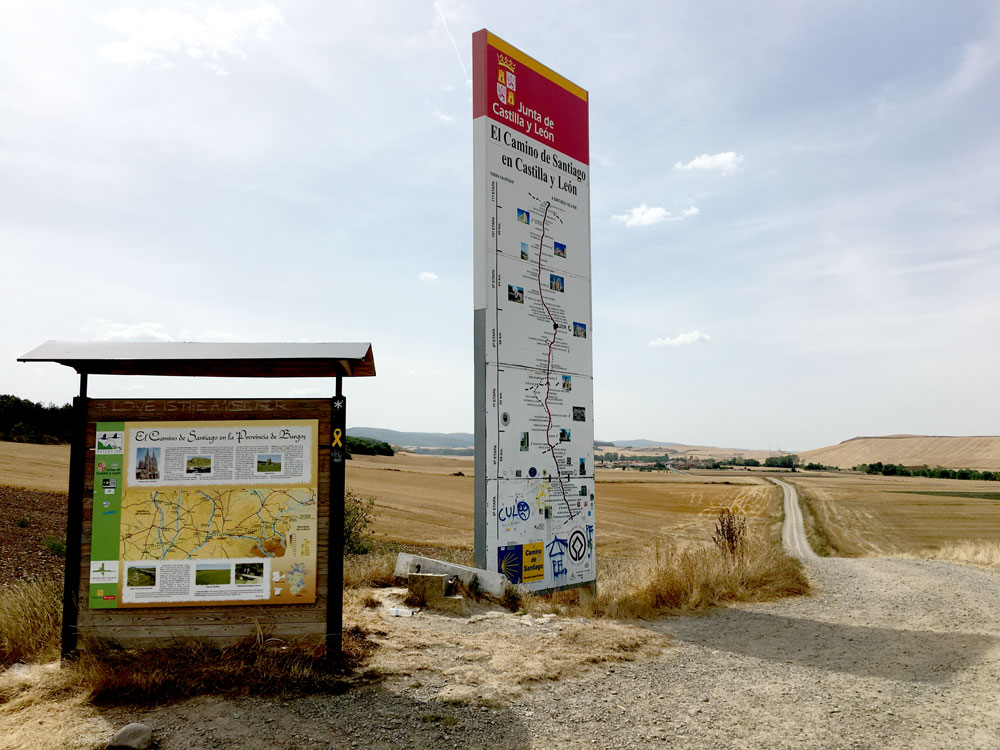
Announcing the start of Castilla y León with a strangely tall sign.
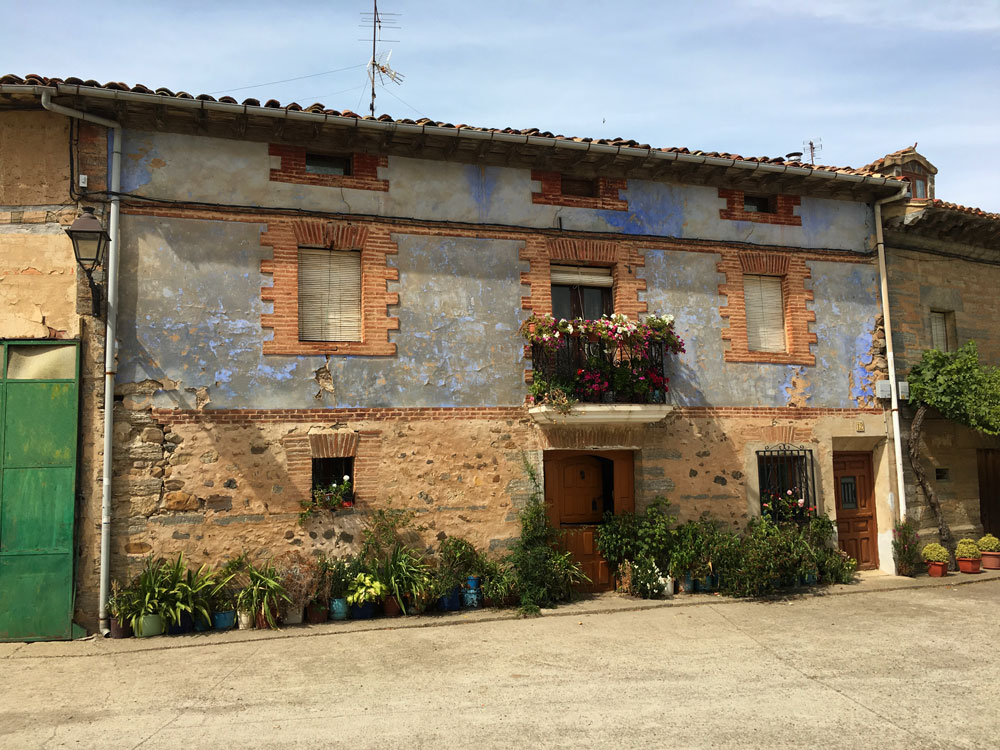
On the last section of the path to Belorado, a strong headwind picked up, and at some times I had to make an effort to keep my momentum on flat ground. I was impressed at the bike packing gear’s ability to slice through the headwind better than having racks and panniers. At times when the wind was on my side, it did feel like the frame bag might be catching a bit more than if that area would be open.
Thankfully without feeling as overheated as the day before, I arrived into Belorado earlier than any previous day, and still felt pretty good. I reserved a bed at the new El Salto albergue, just on the edge of town in a renovated 19th century hydroelectric plant. This beautiful space is the handiwork of two brothers from the region (Pepe & Fernando), who had opened it first as a bike shop three years ago, and as an albergue only last month. I was happy to meet two American peregrinos traveling together who were staying here, one on a bike and the other on foot, following a walking itinerary day by day. Together we cleaned up the bikes and I was thankful to have access to a shop stand to tune up my brakes and cables.
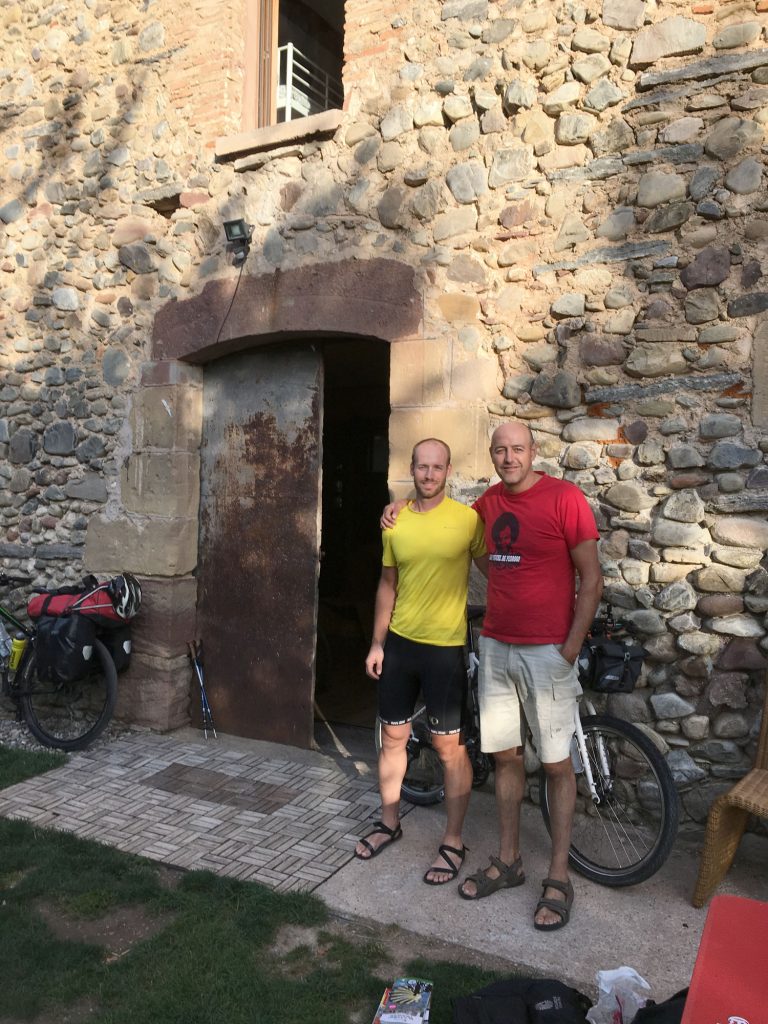
Pepe and I outside the El Salto albergue
In the many albergues that I’ve stayed along various Caminos in Spain, this will definitely go down as one of my favorites. I stayed up late into the night talking to Pepe about his vision for the place, adventure bikes, and ways to get each of our families outside on the trail. Pepe and Fernando were born in Belorado, but spent most of their lives in Madrid, and had recently moved back to the area to develop local tourism in the area and be closer to the place their family is from. They also have a vision to bring cyclists from the city of Burgos out into the countryside and explore the land on two wheels. The idea of a tough adventure bike travel really appealed to them, and they lamented that most of the interest in Spain is to spend an extra 1000 Euros to take 1kg (2.2 lbs.) off the bike, not to have a bike that can take you anywhere. I wouldn’t be surprised if Surly bikes will make an entrance in Spain because of the work of these two.
The building itself is a work of art, built off the grid and powered by solar energy. The area was so quiet that I slept right through the entire night without interruption, my first time since coming to Spain almost a week ago. The albergue is not just for cyclists on the Camino, but is open to all. Be sure not to miss it if you are passing through!
About 1/3 of the way to Santiago!
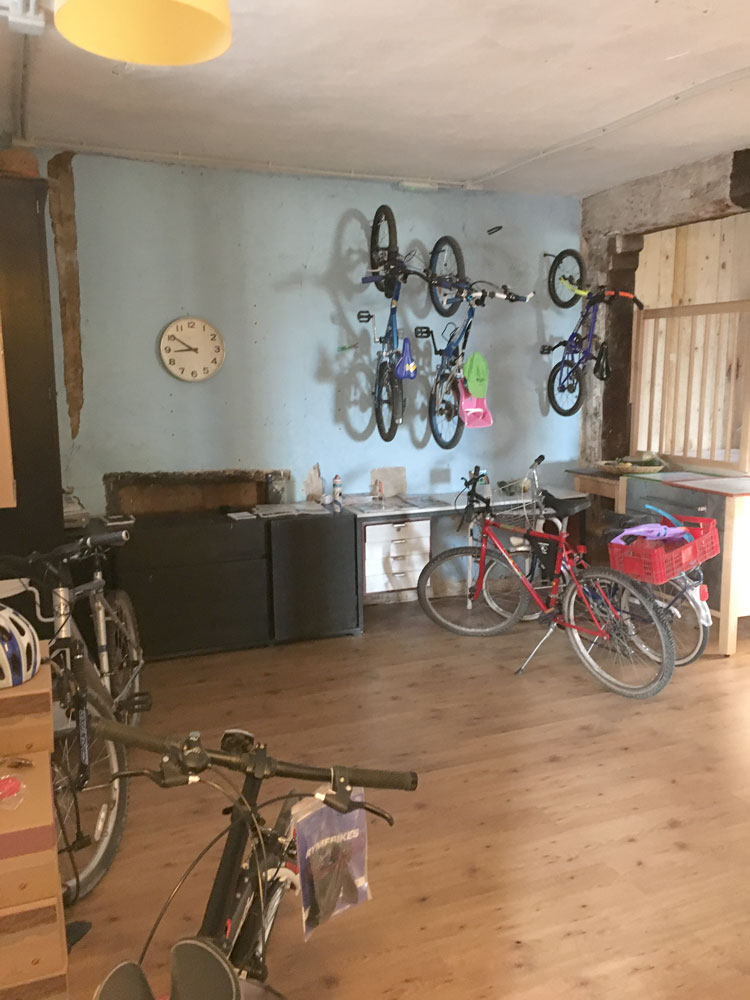
El Salto albergue, great secure space for overnight bike storage.
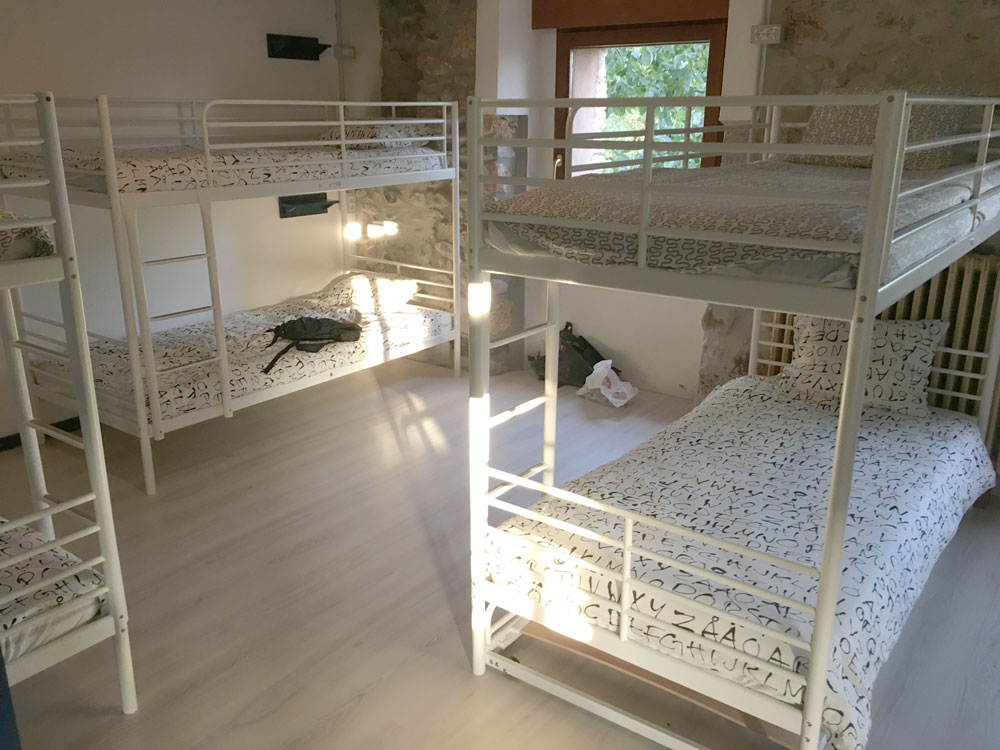
El Salto albergue- I had this room all to myself!
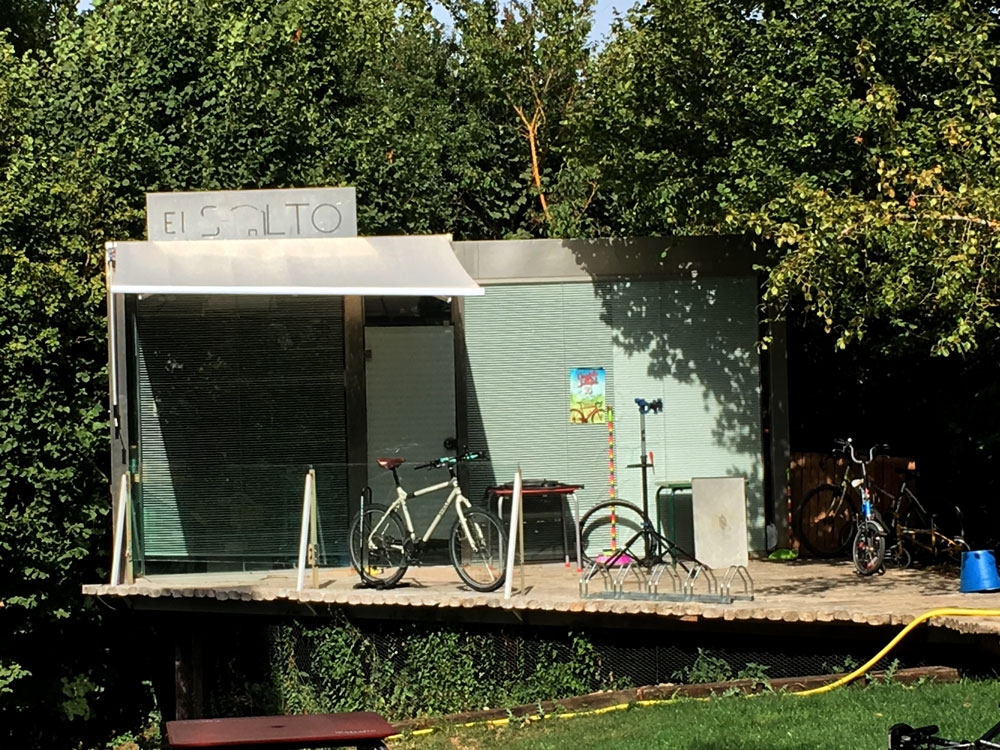
Outdoor bike shop/stand for guest use at El Salto albergue. Nice to see my bike looking so light and clean! Pepe recommend chain lube with wax to combat the dusty roads.
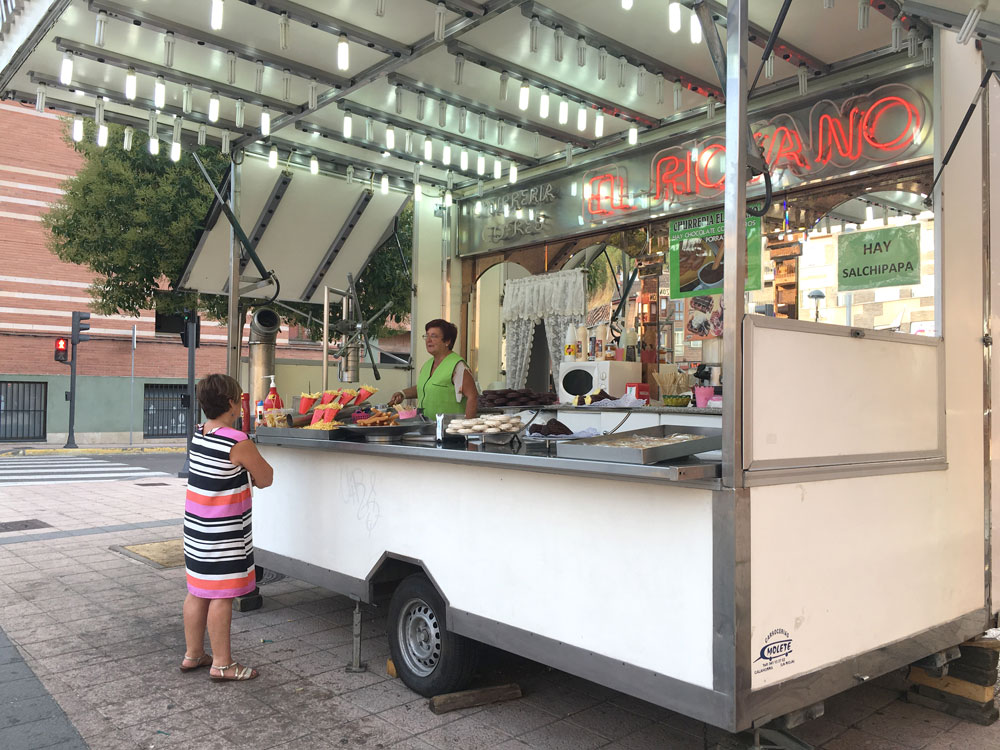
Churros in Belorado.
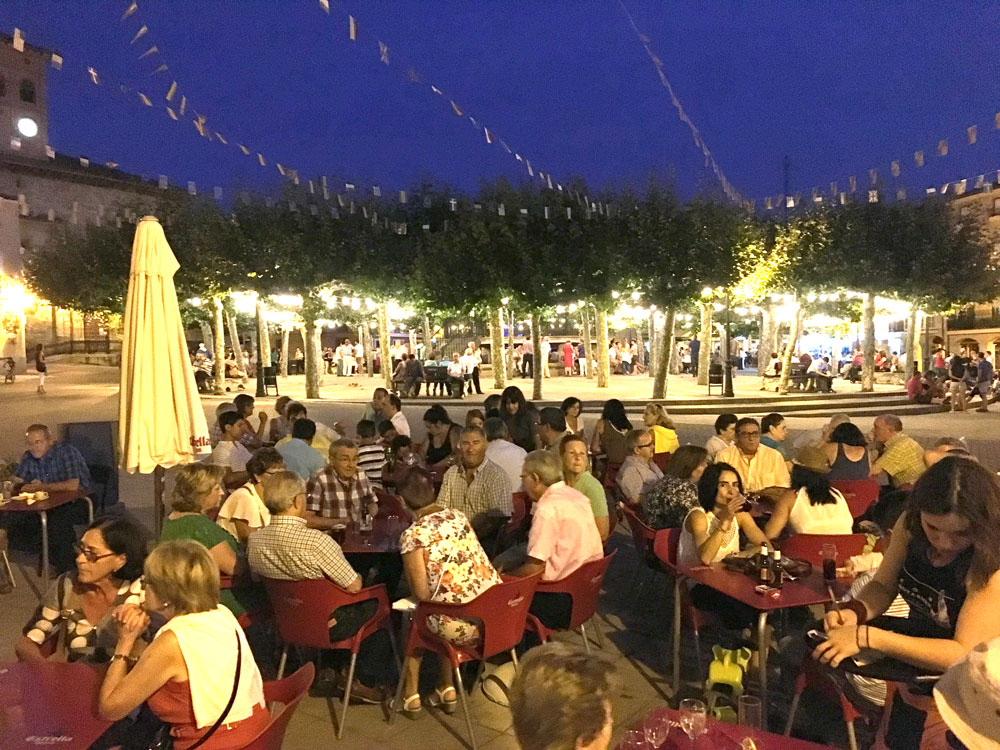
Belorado at night
